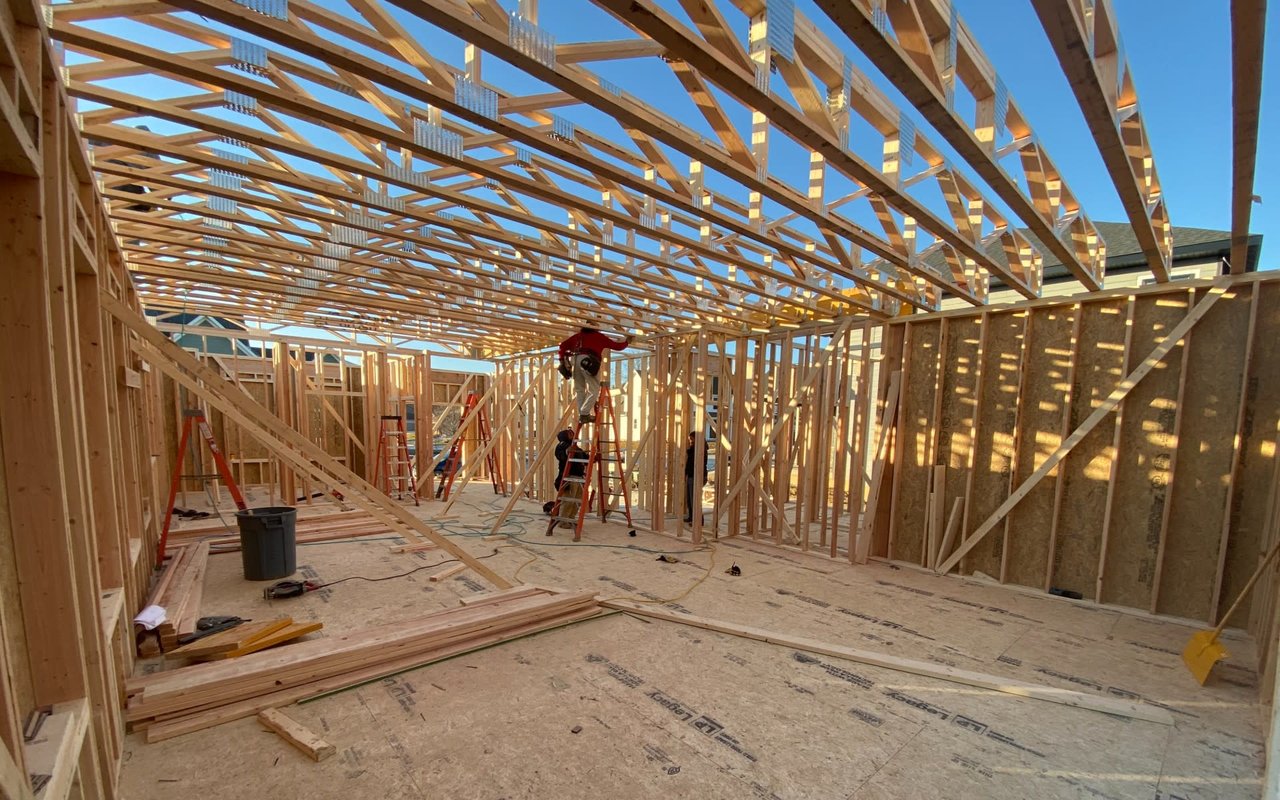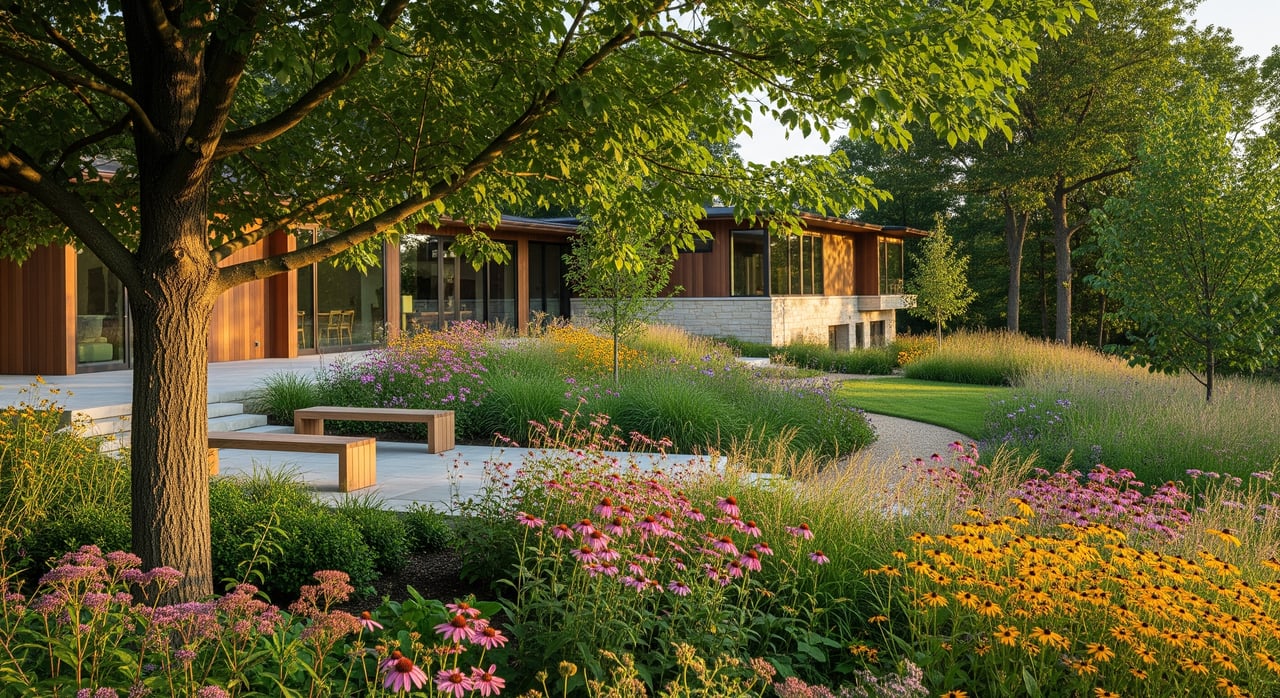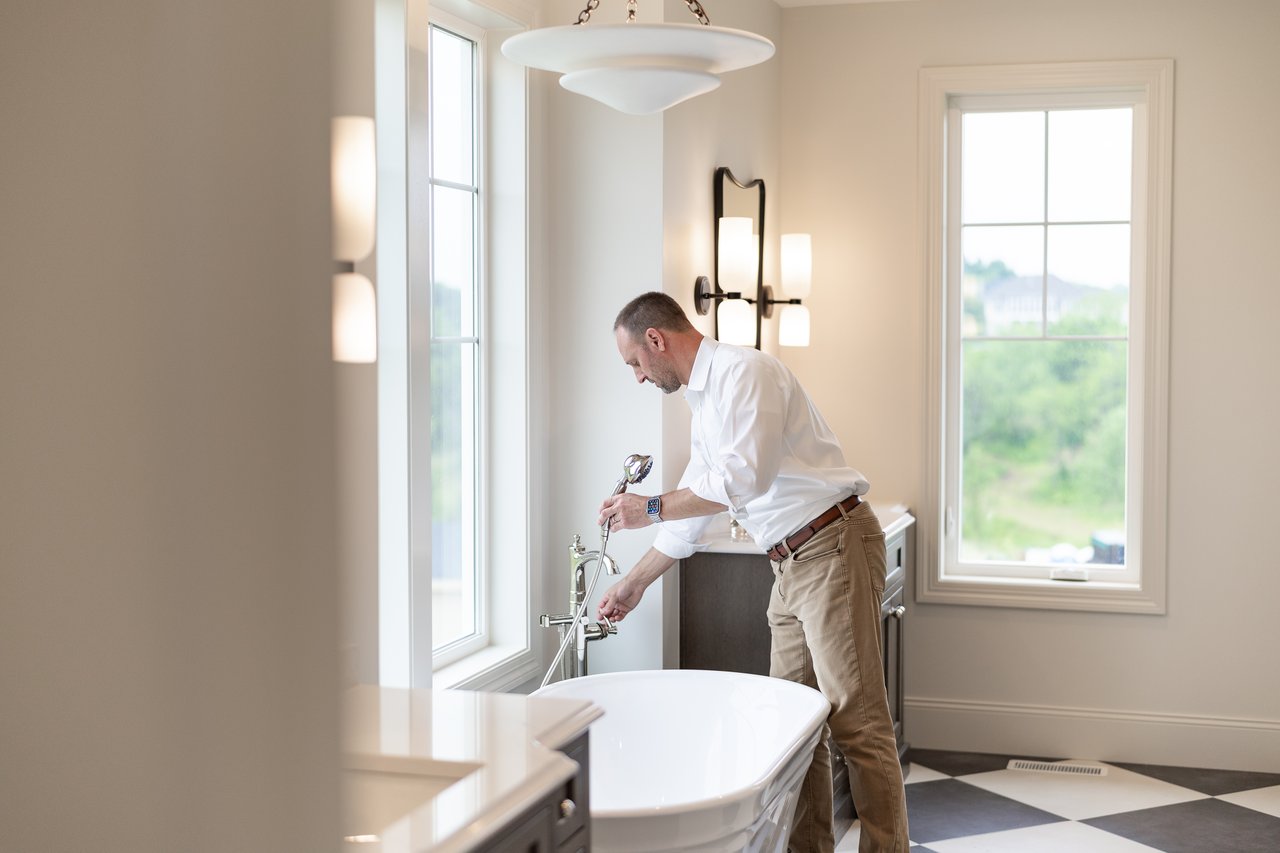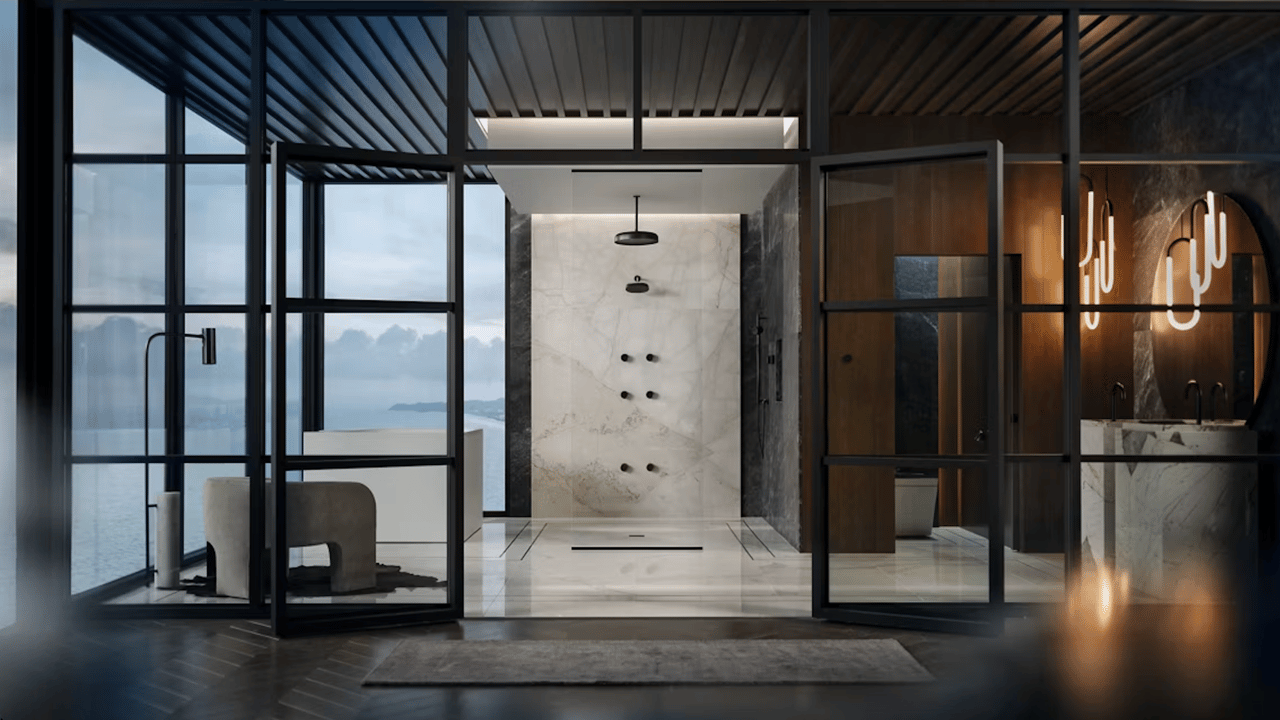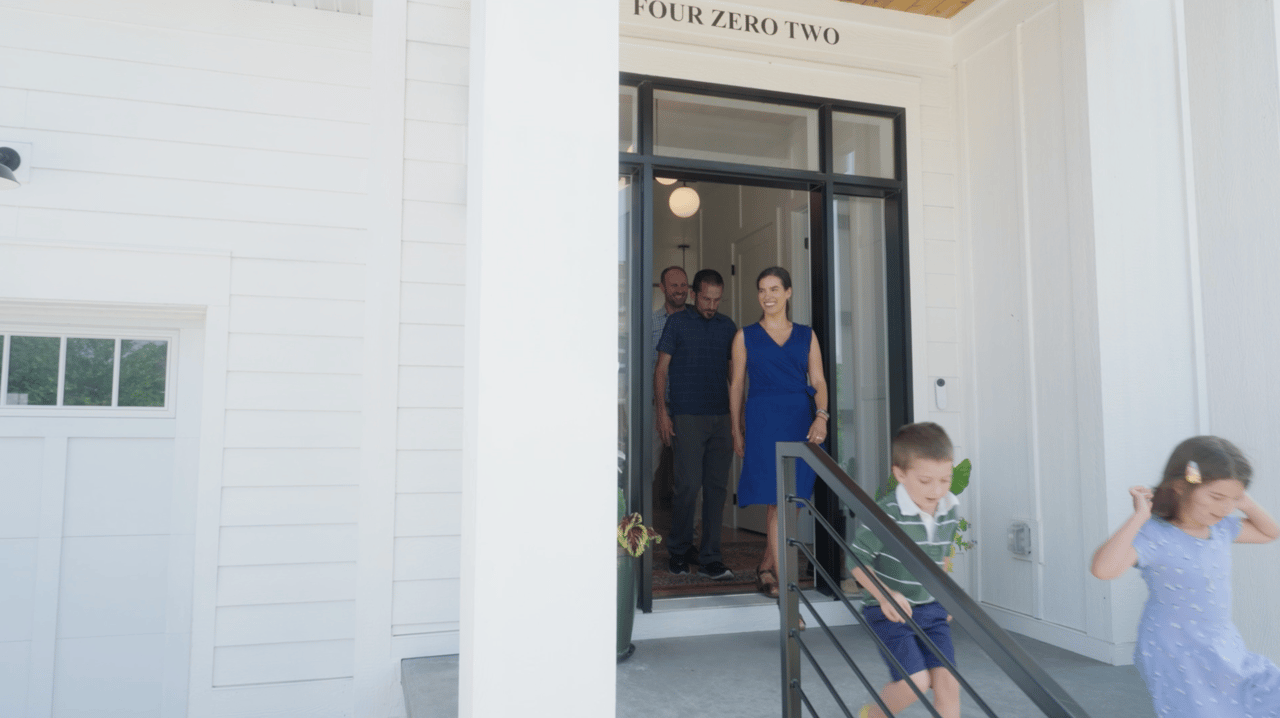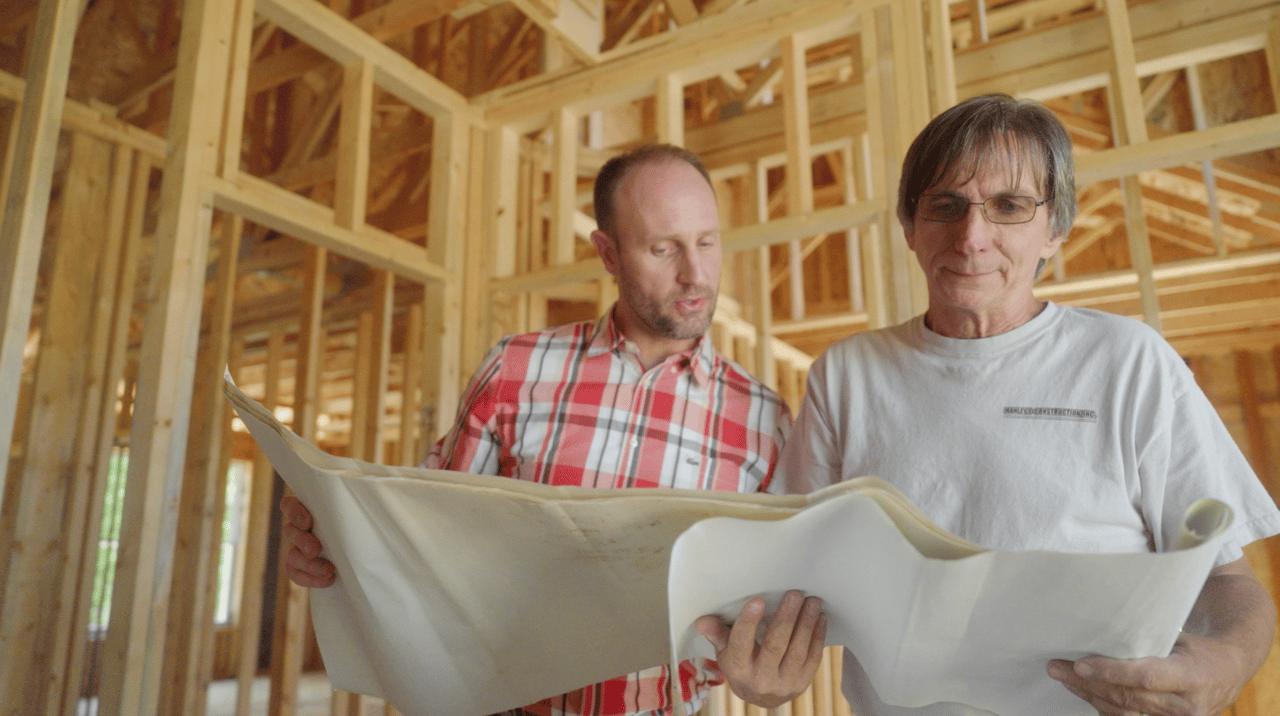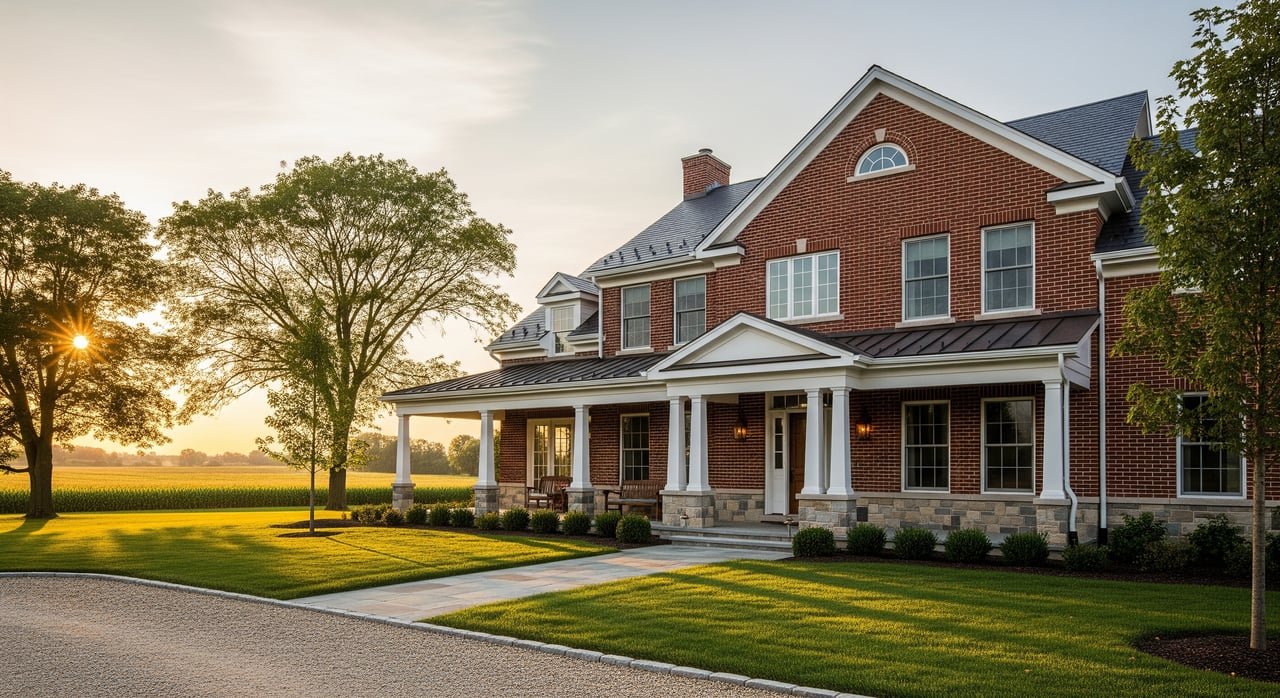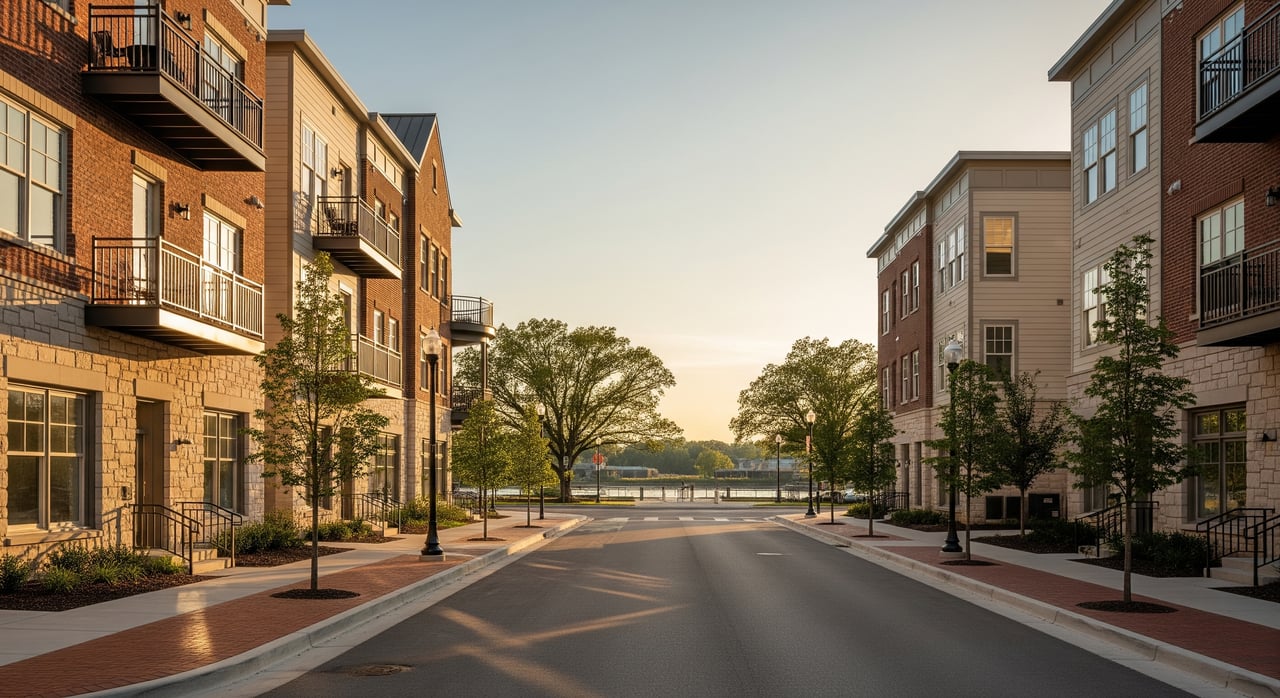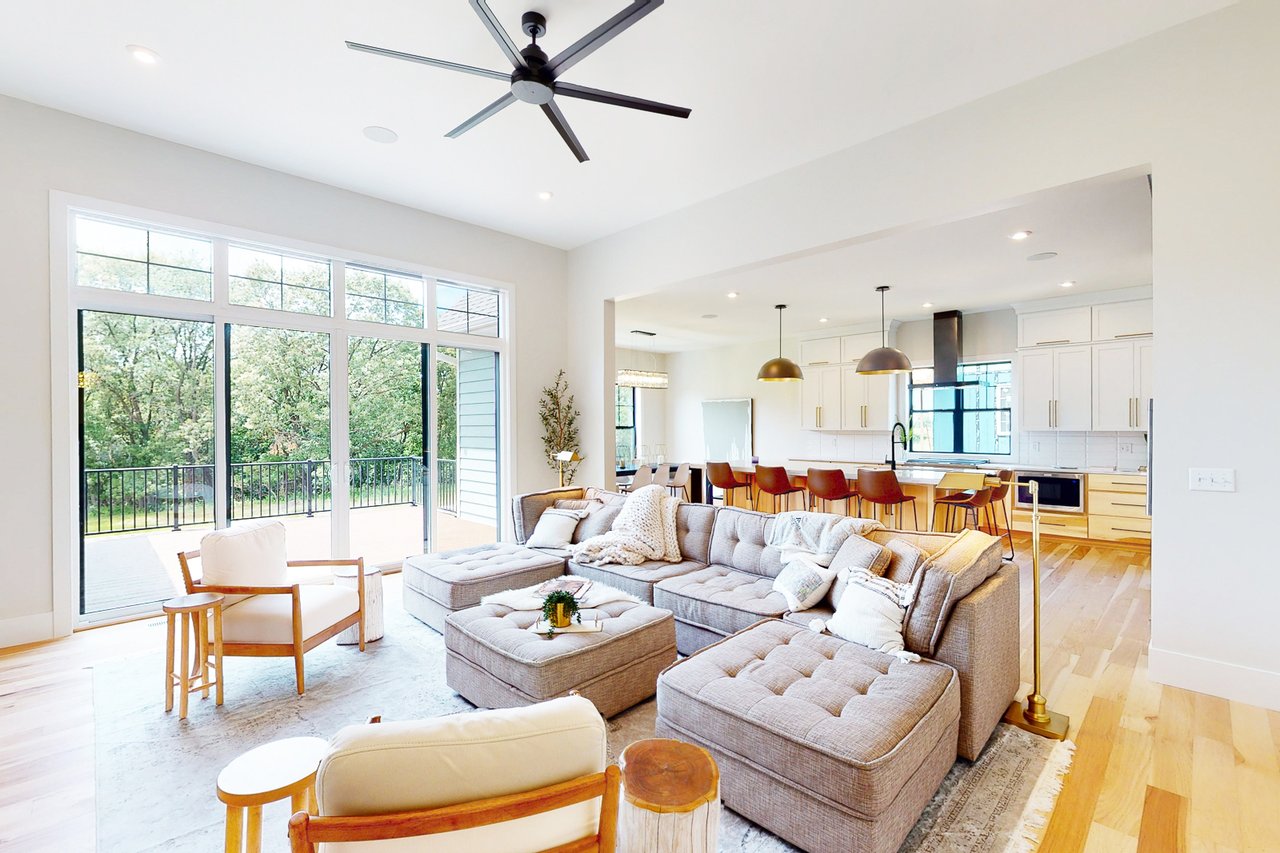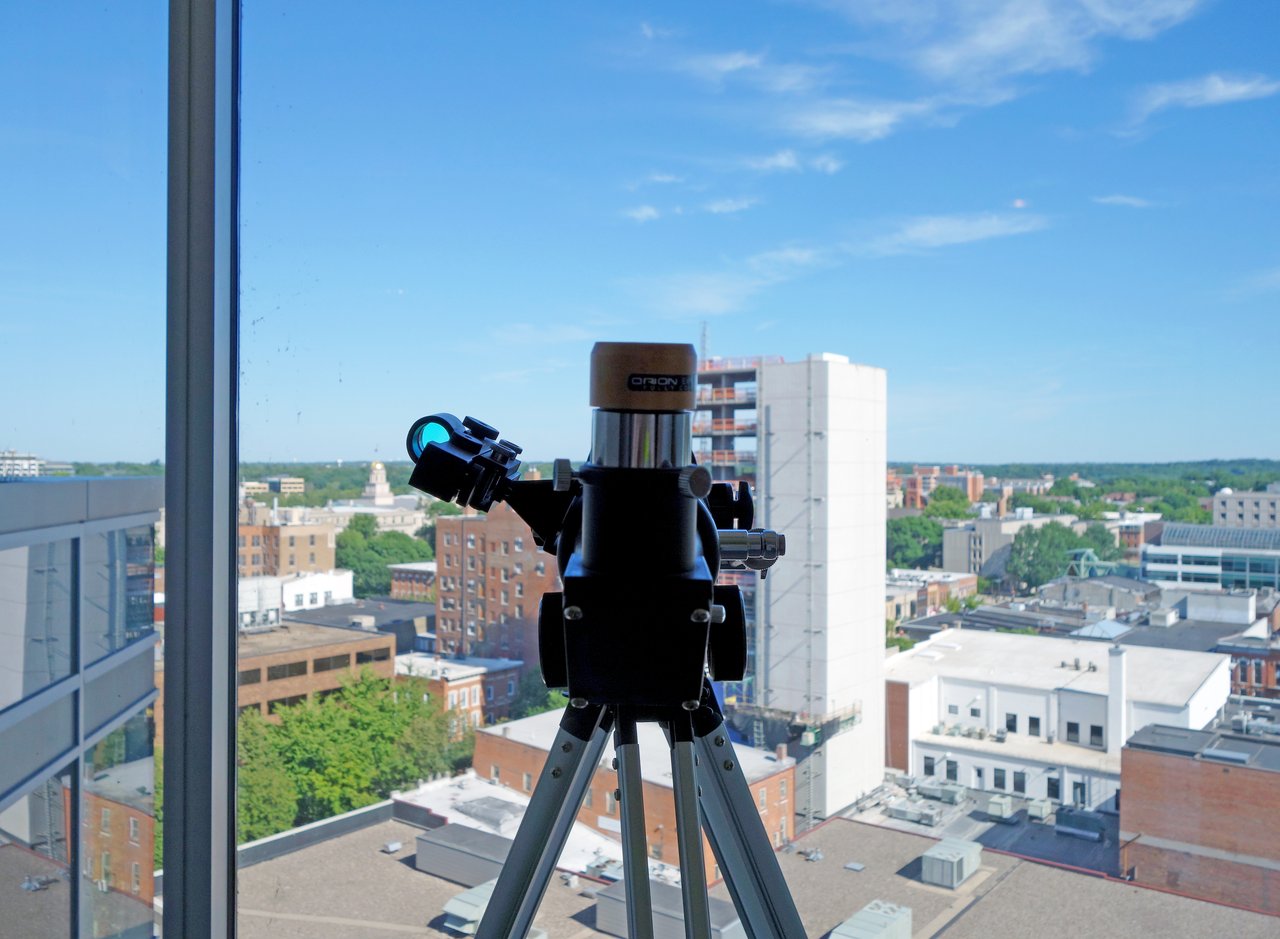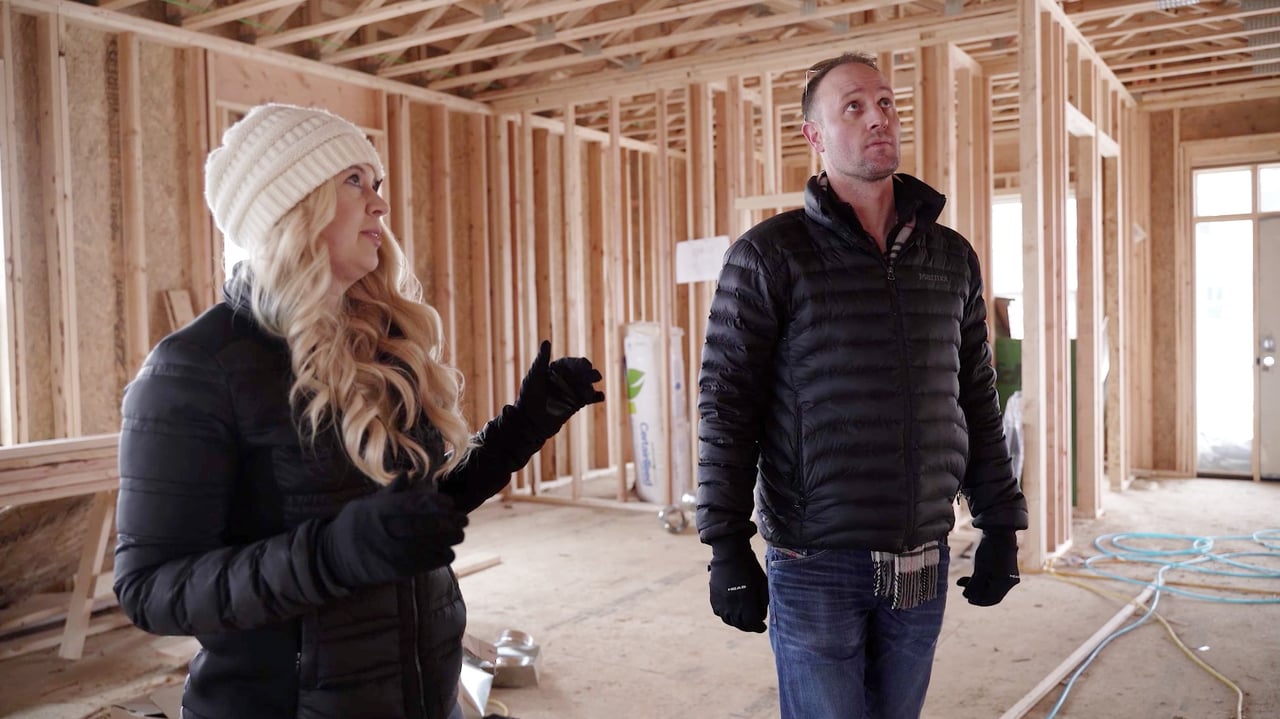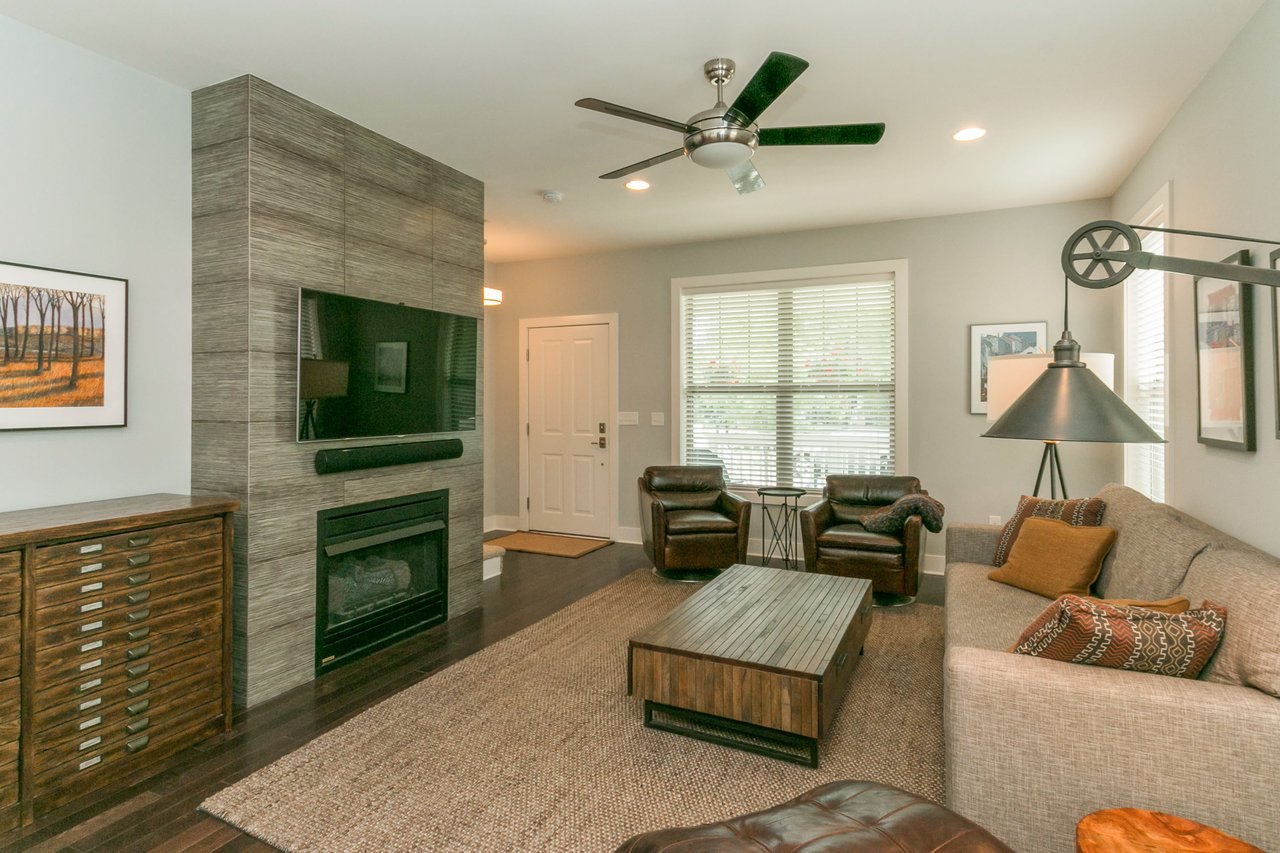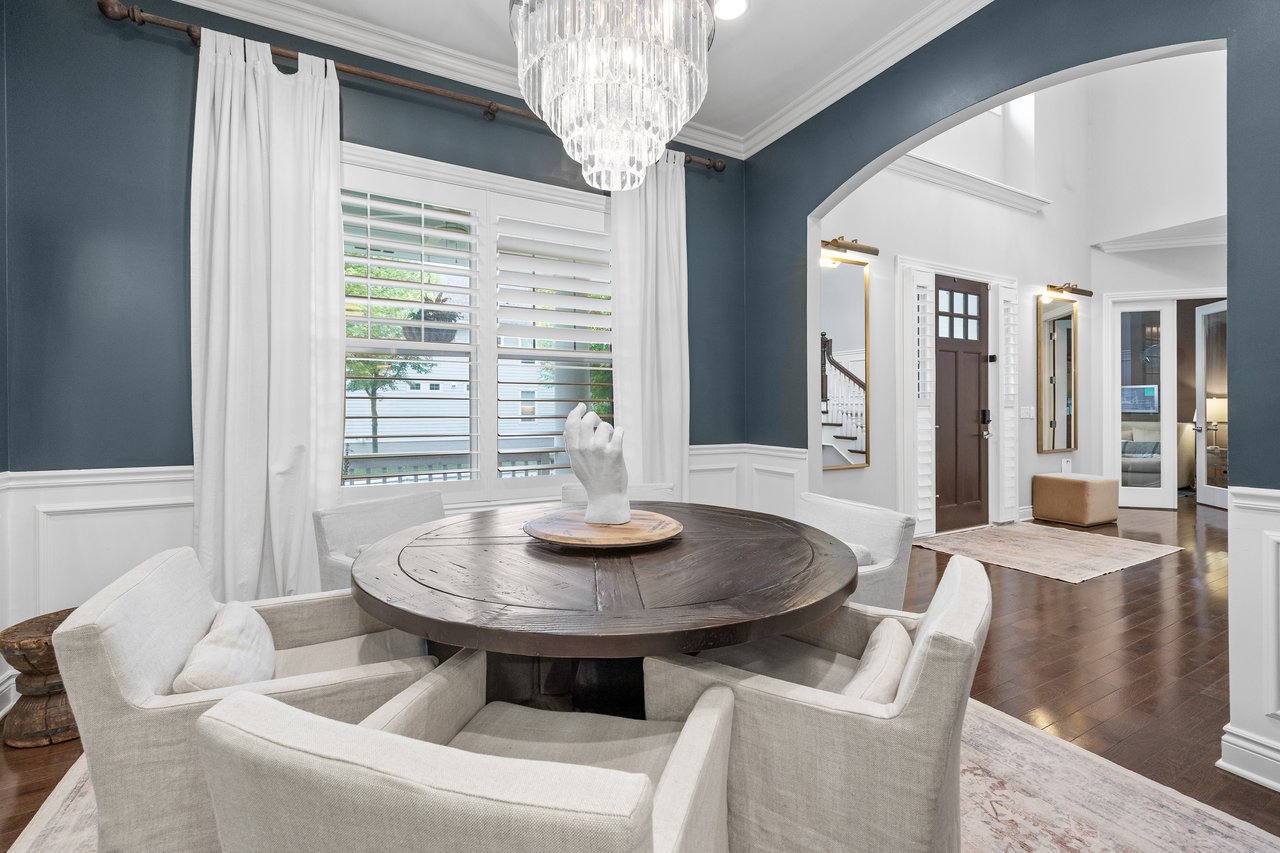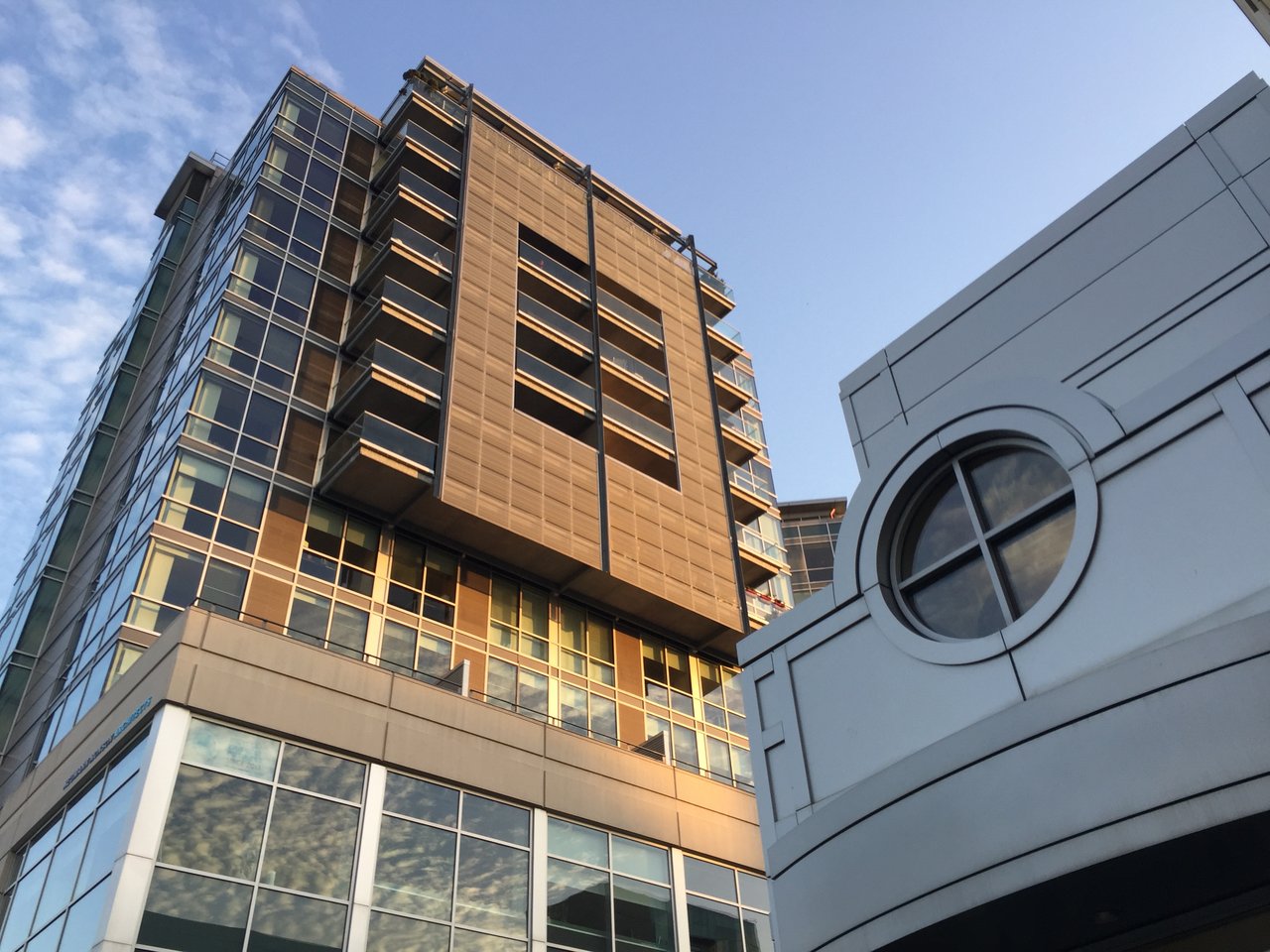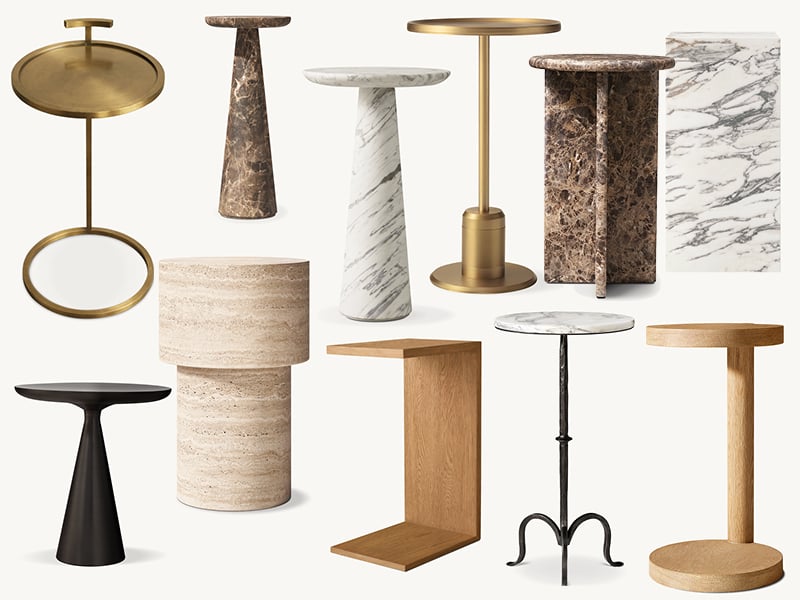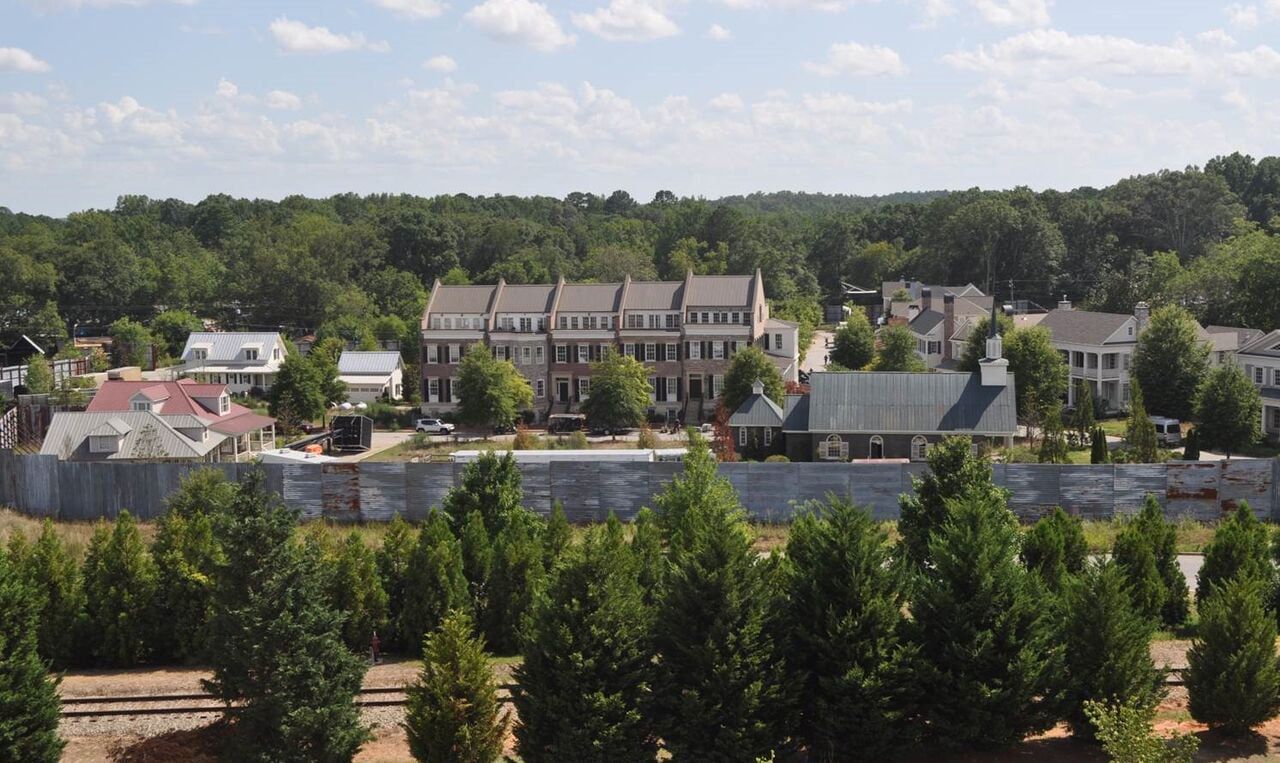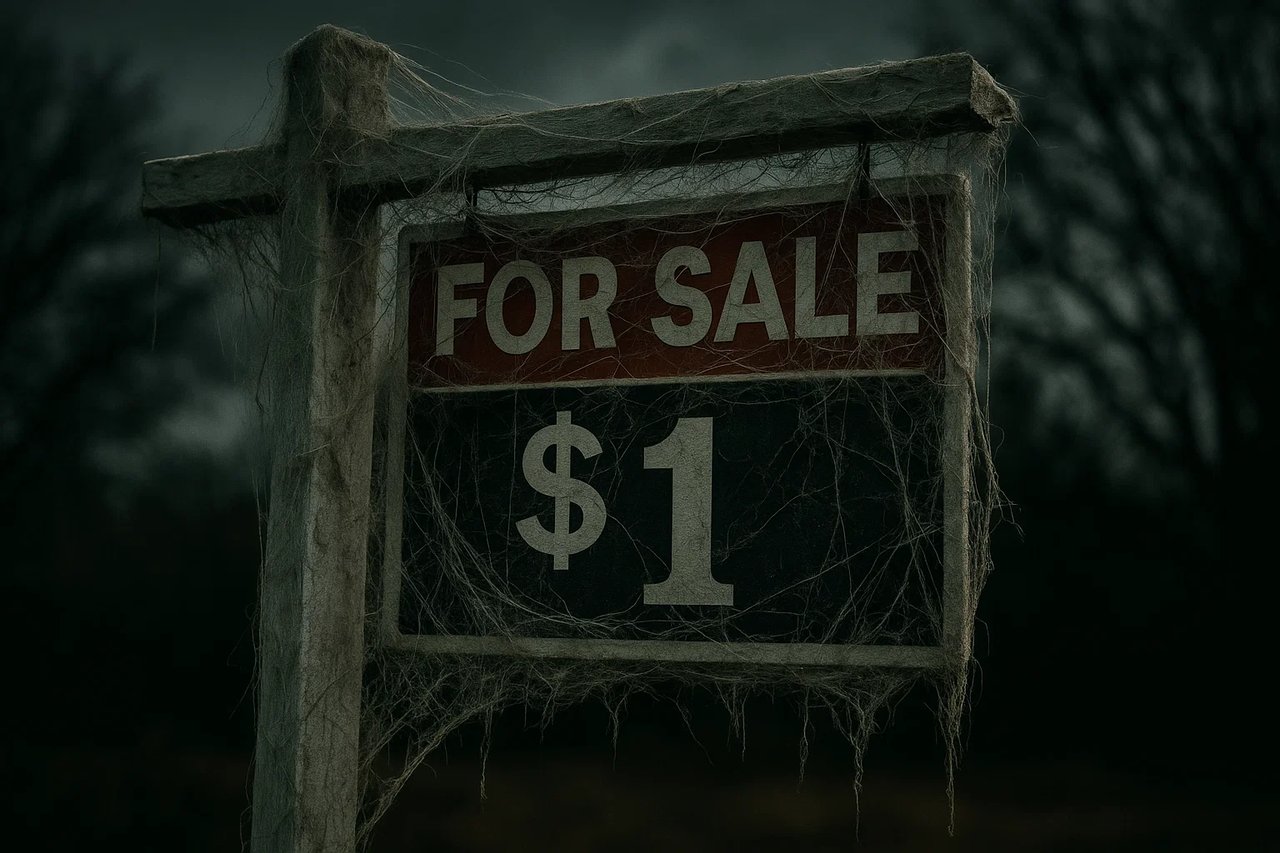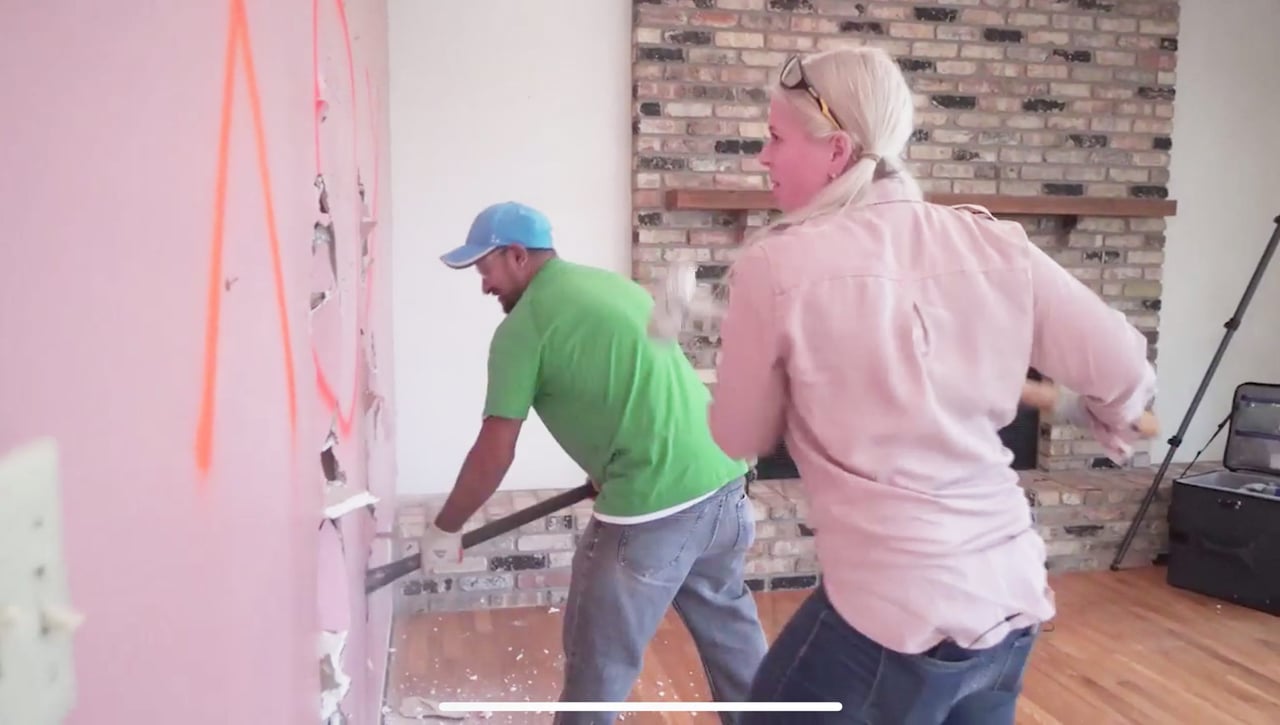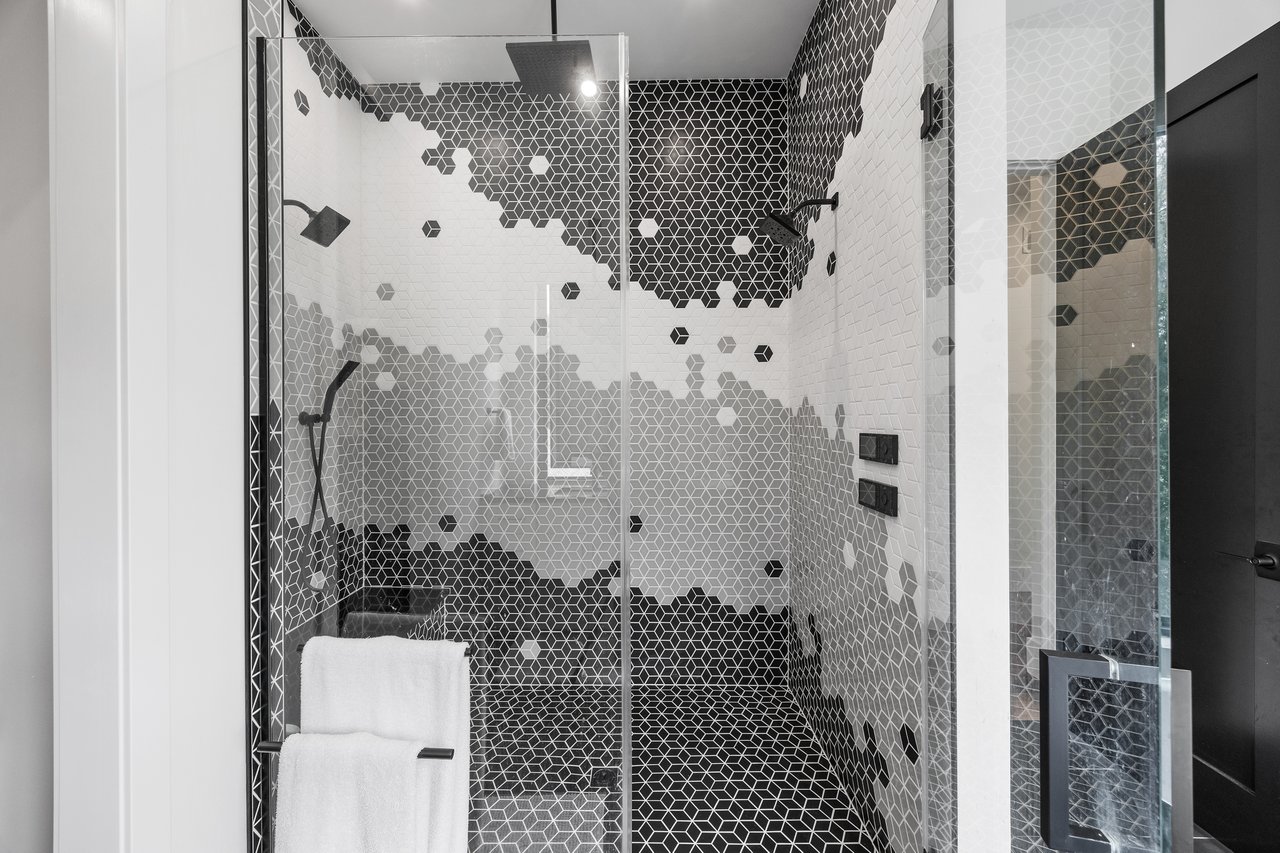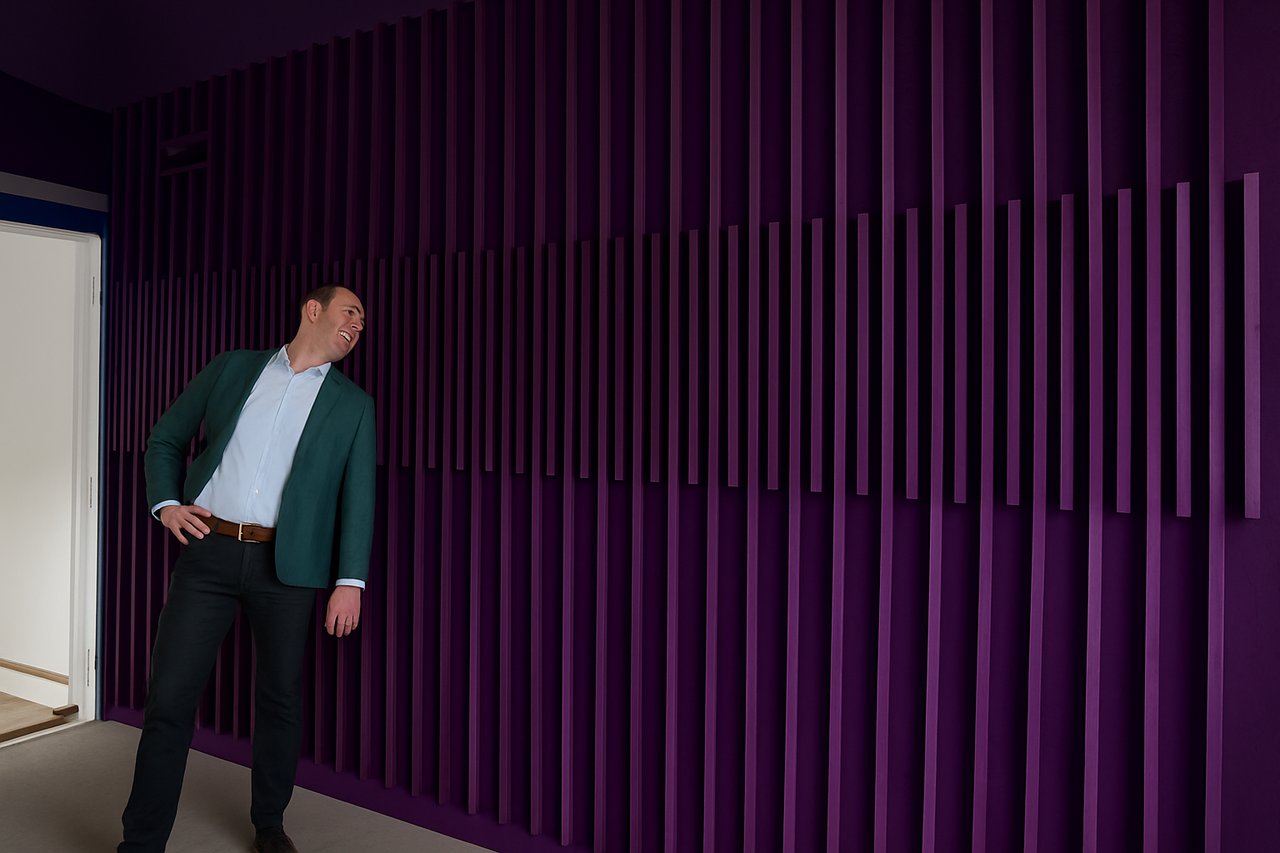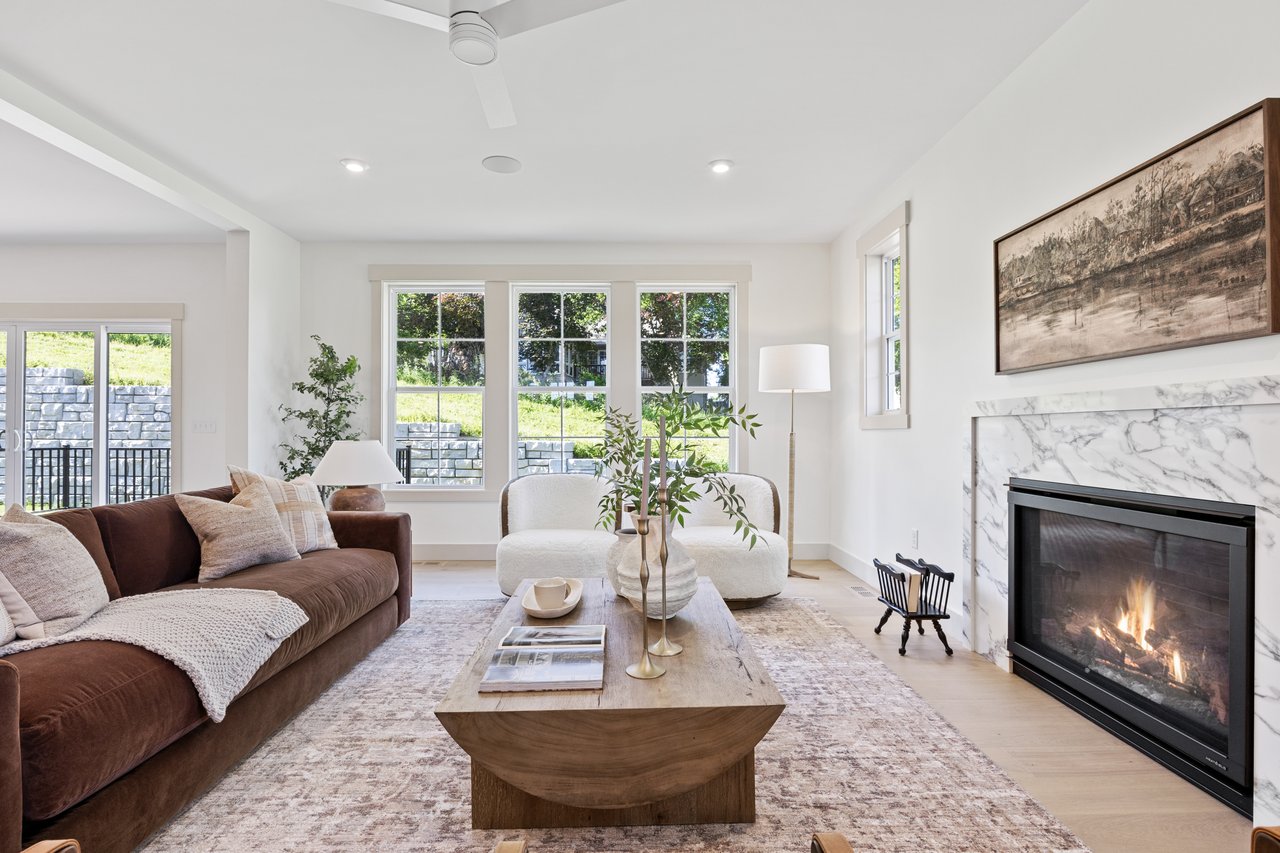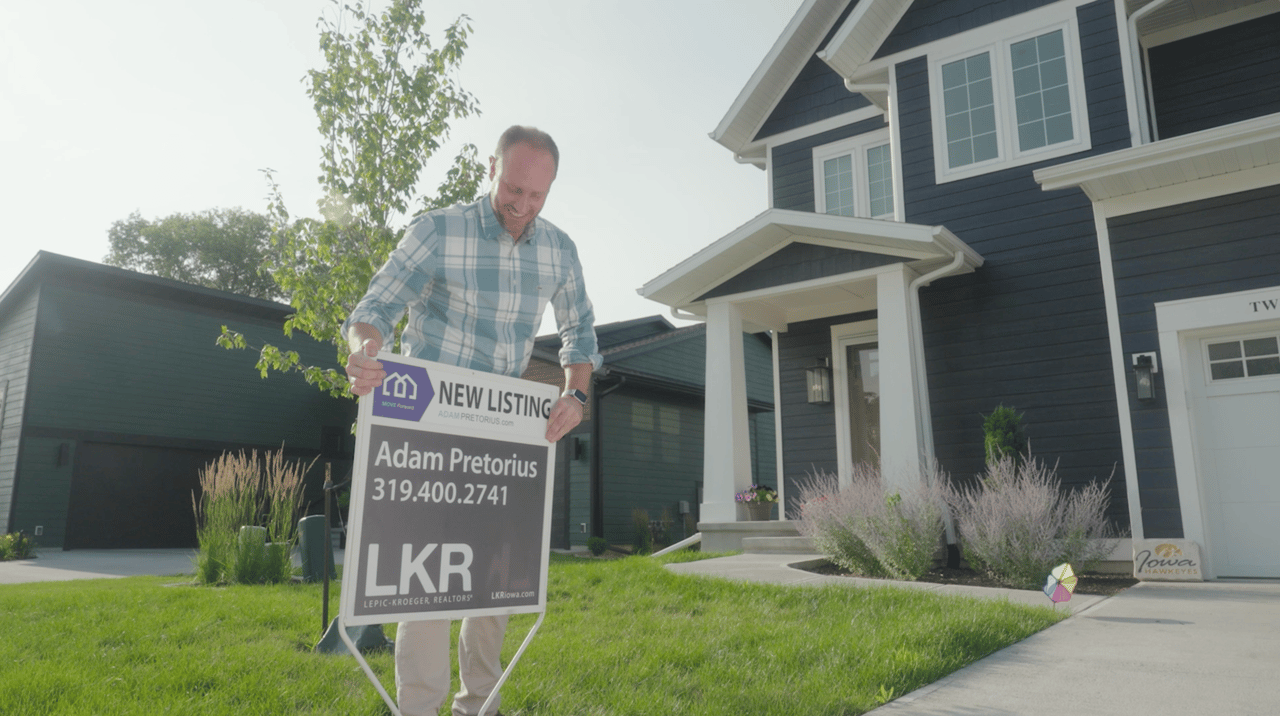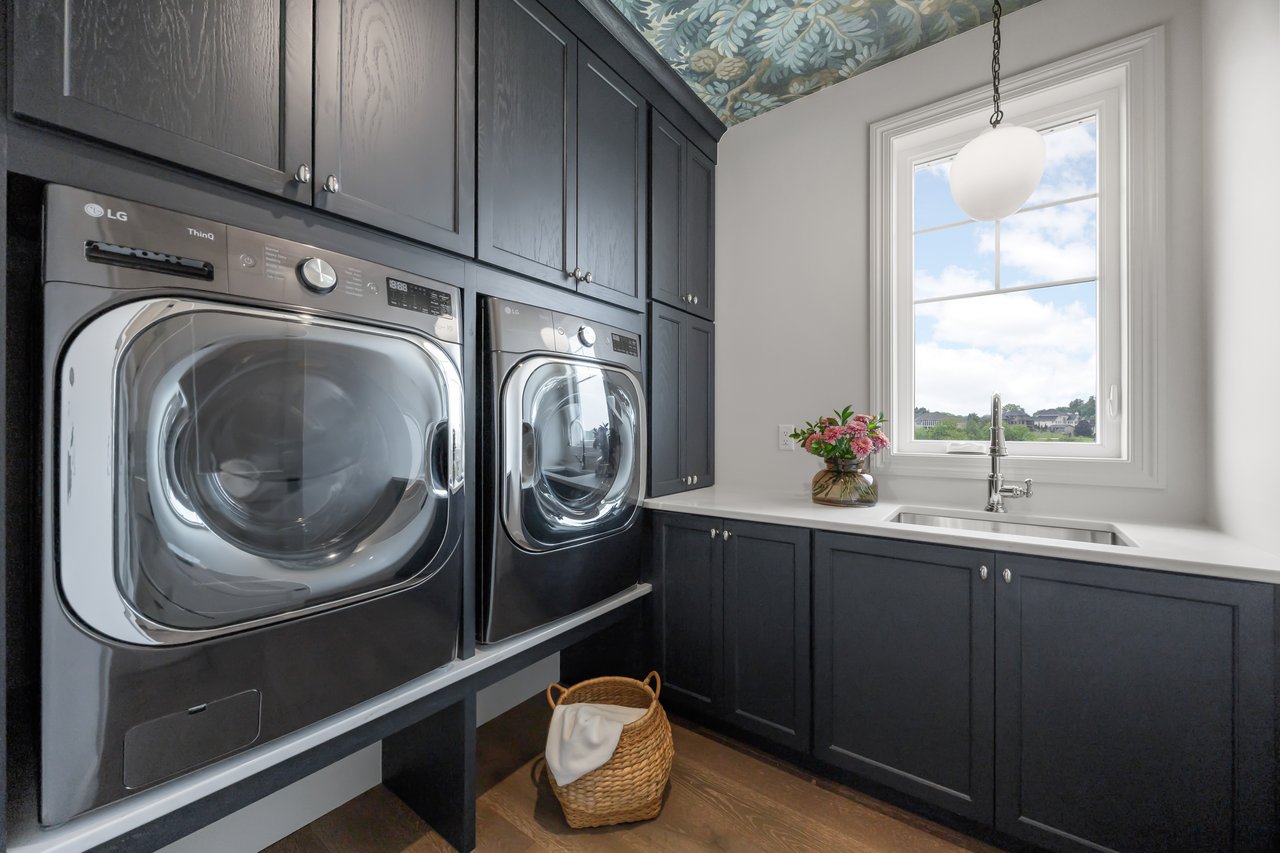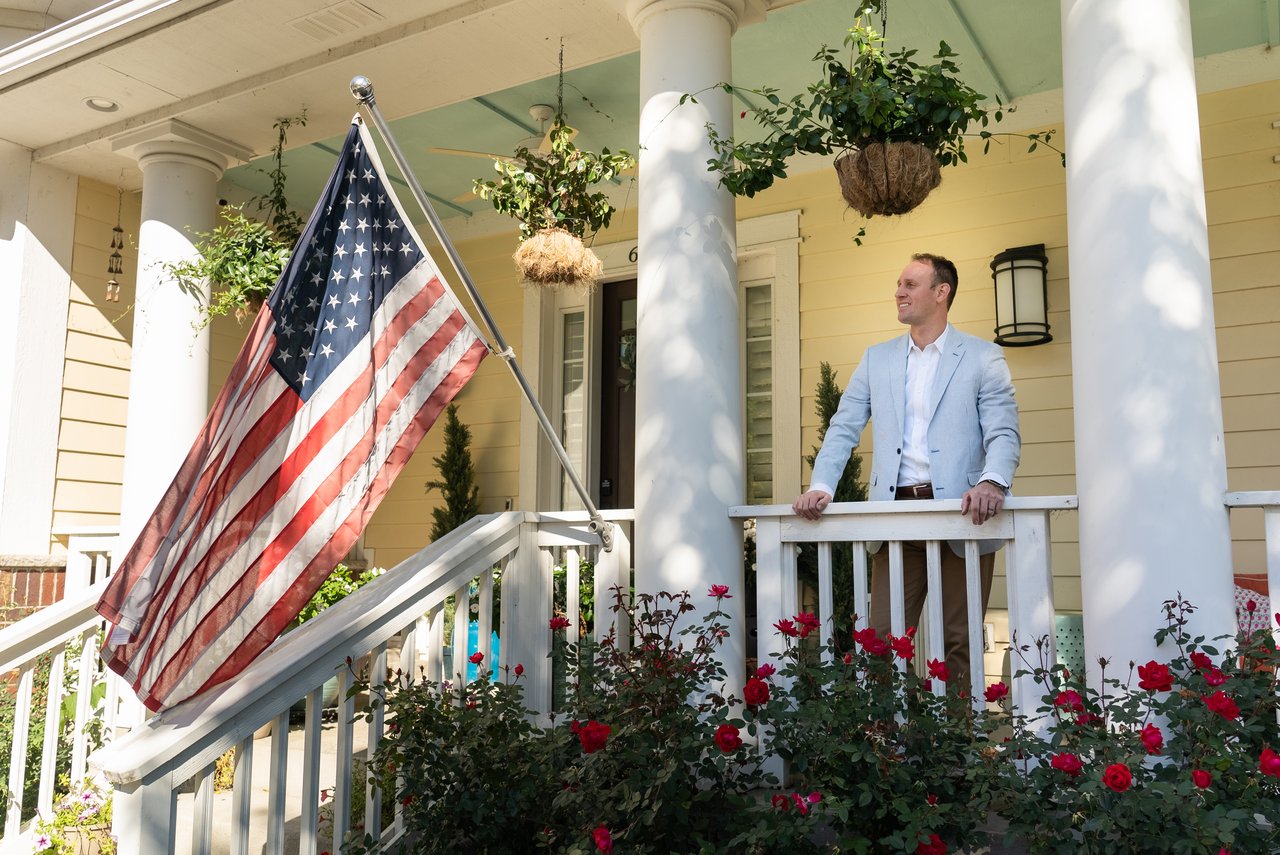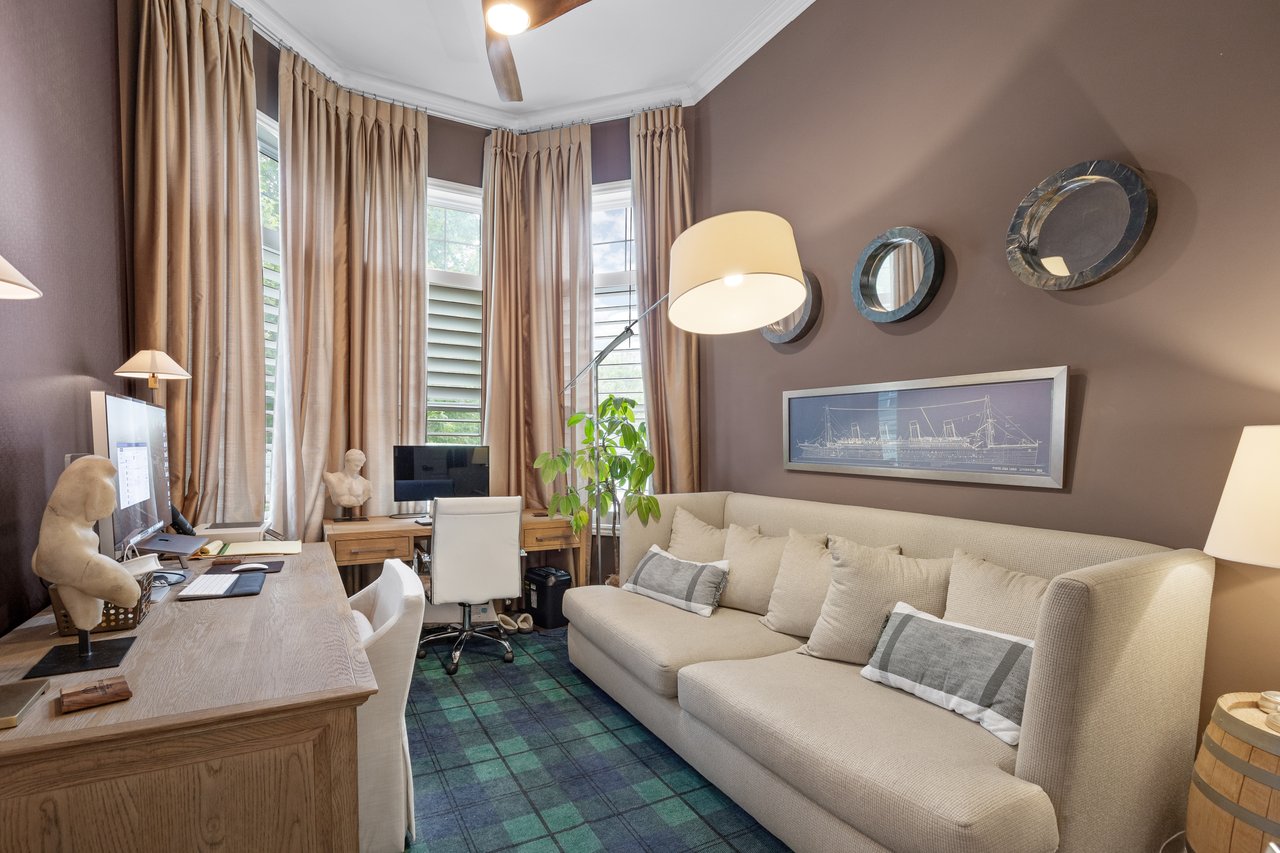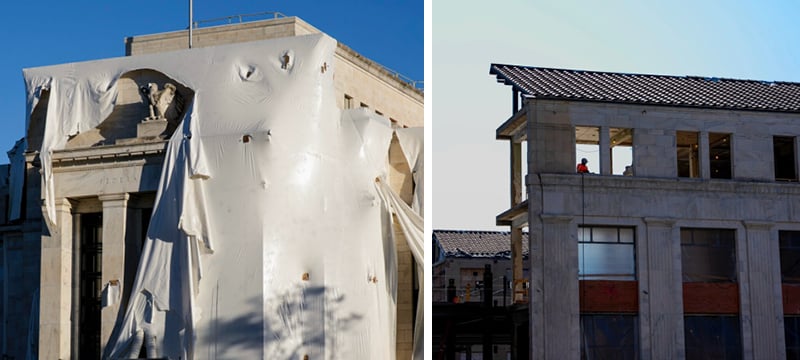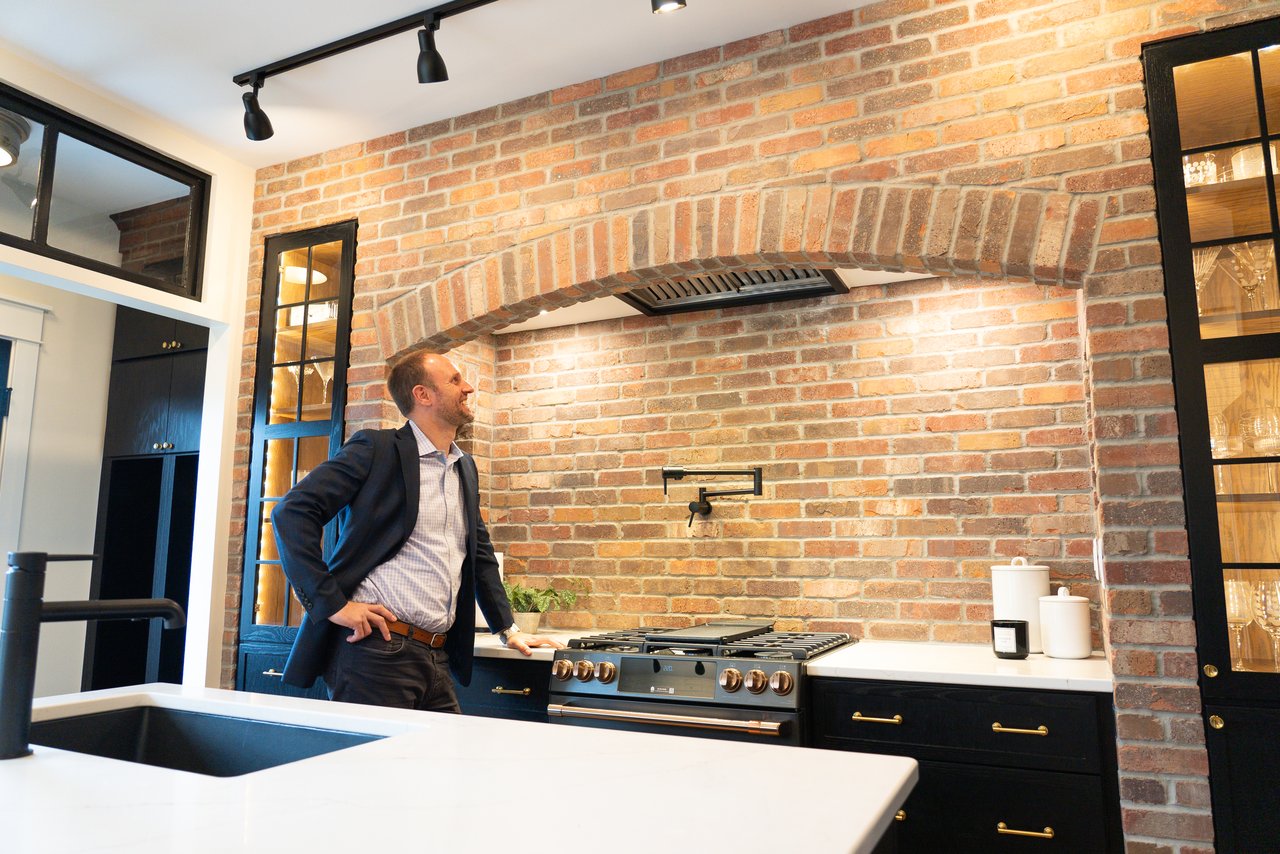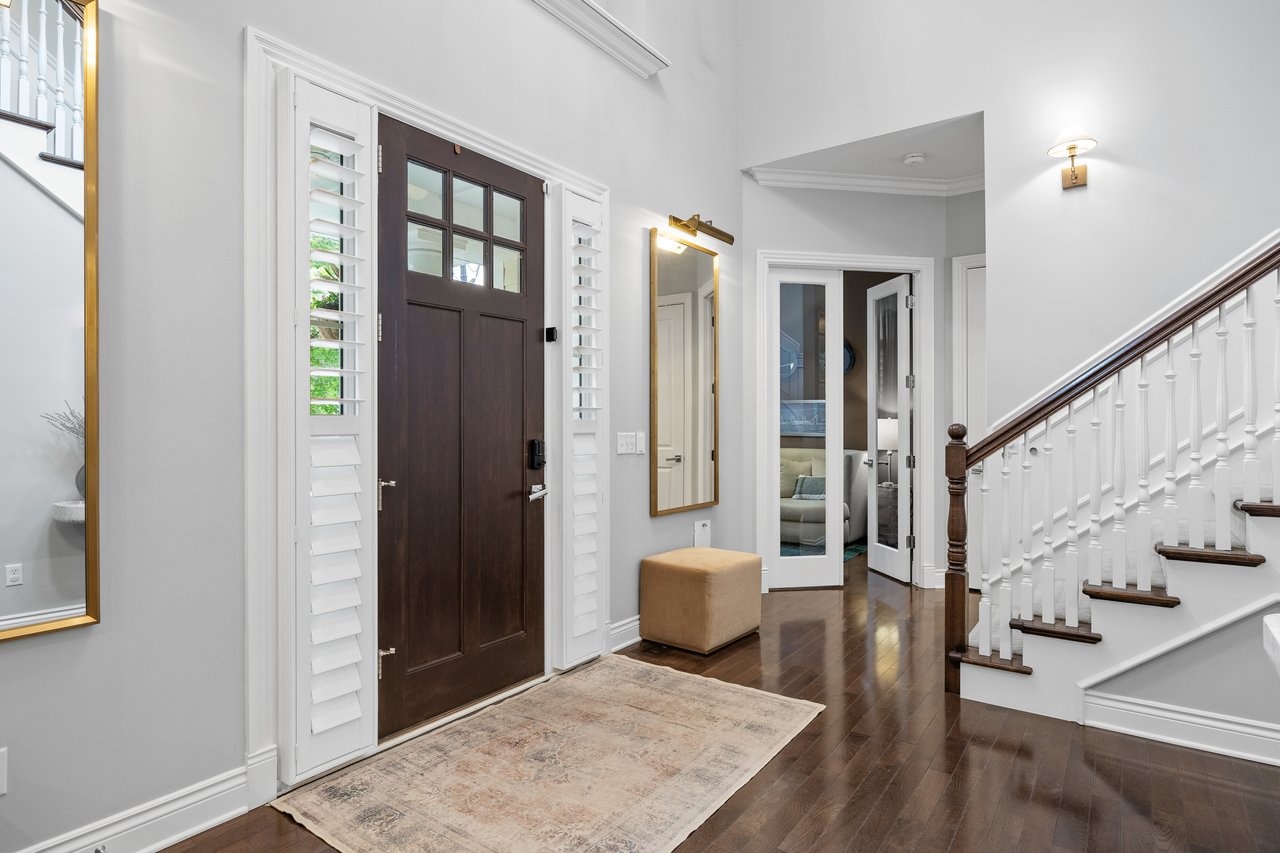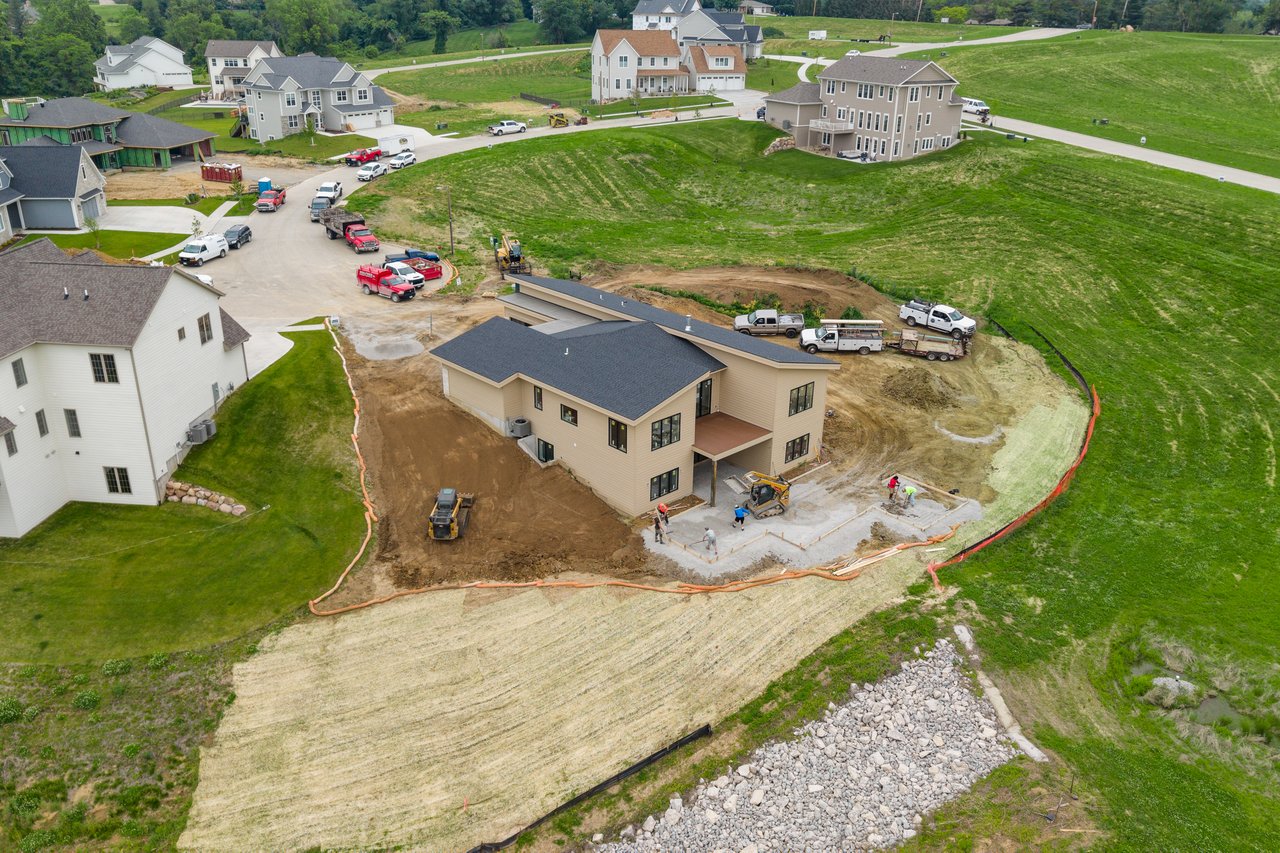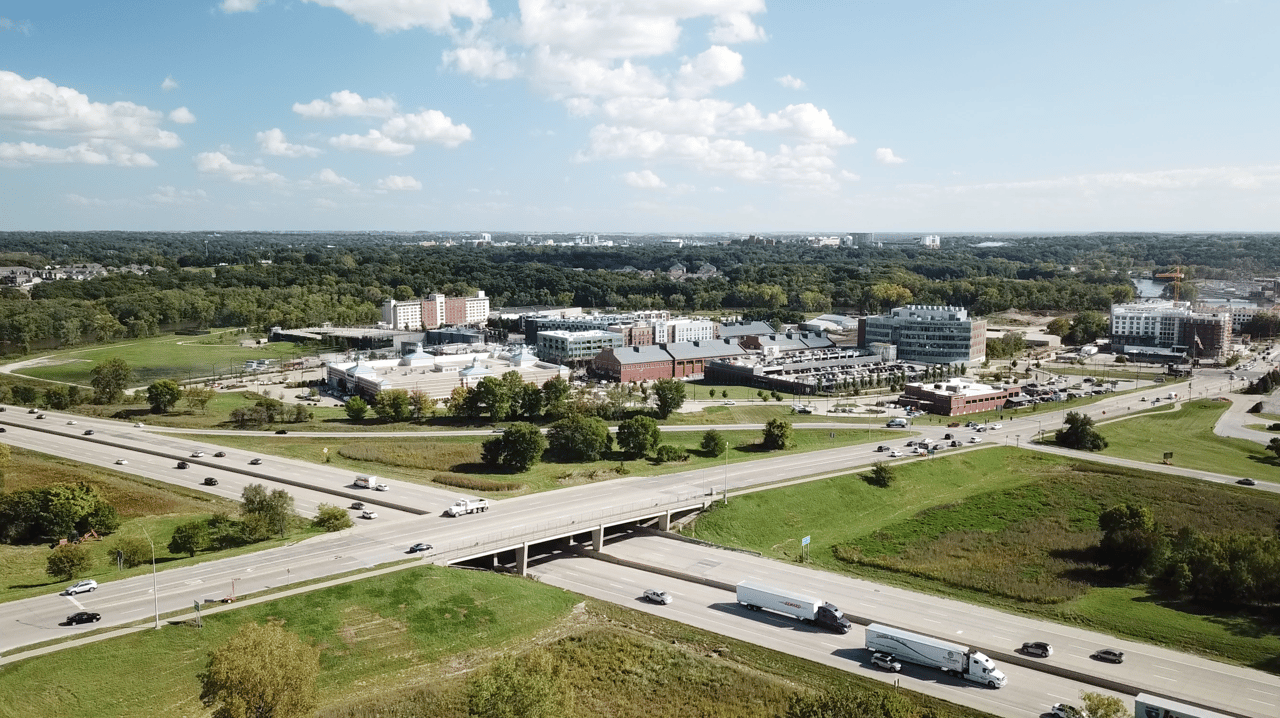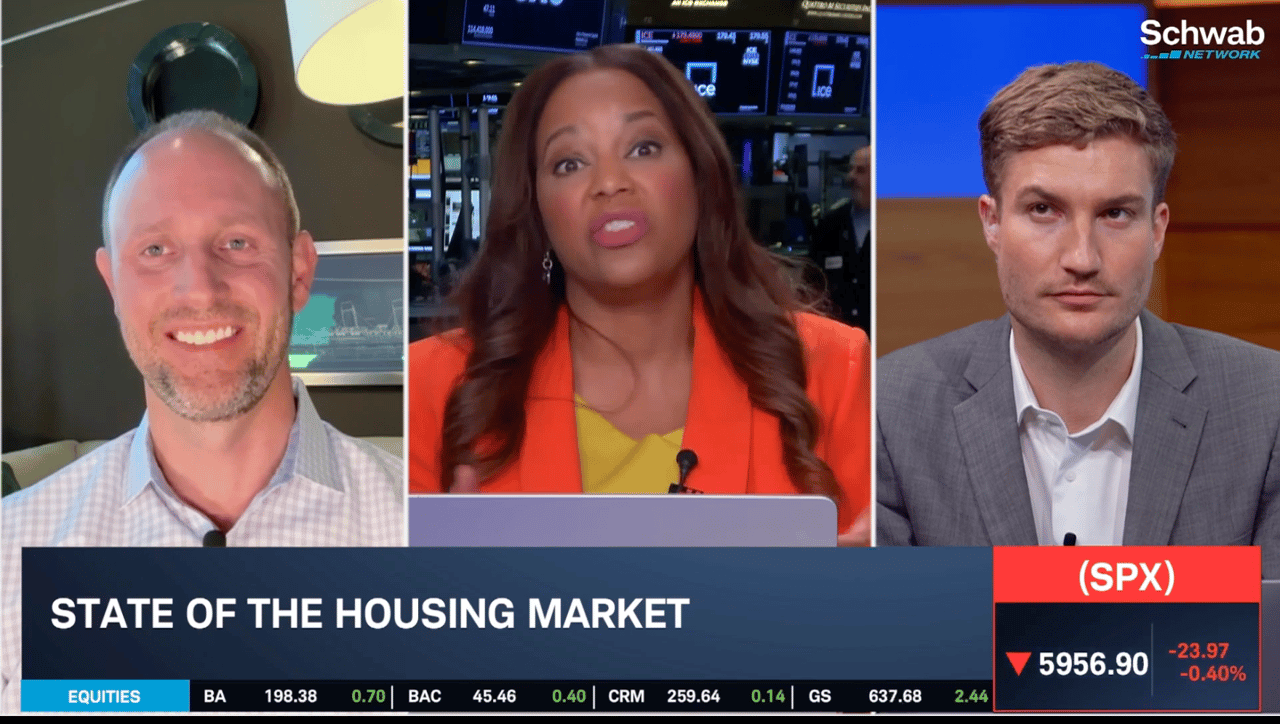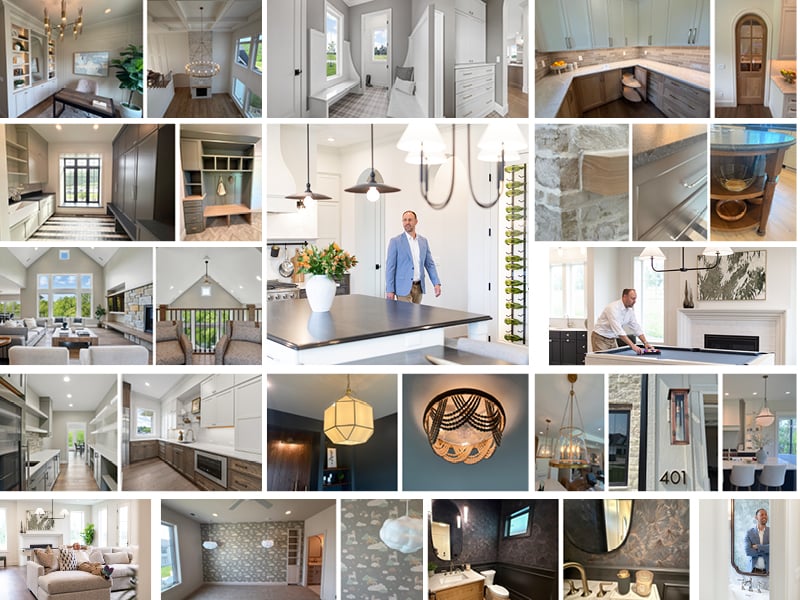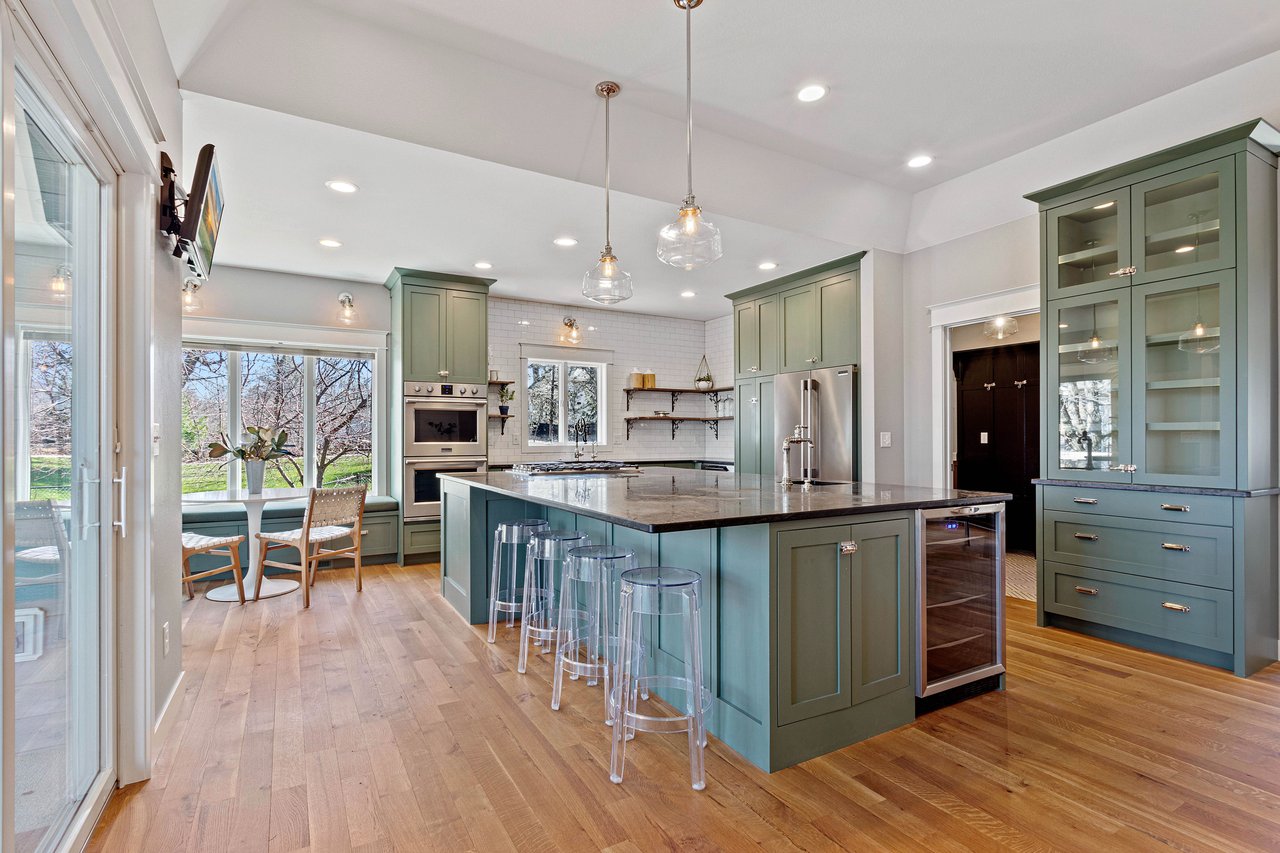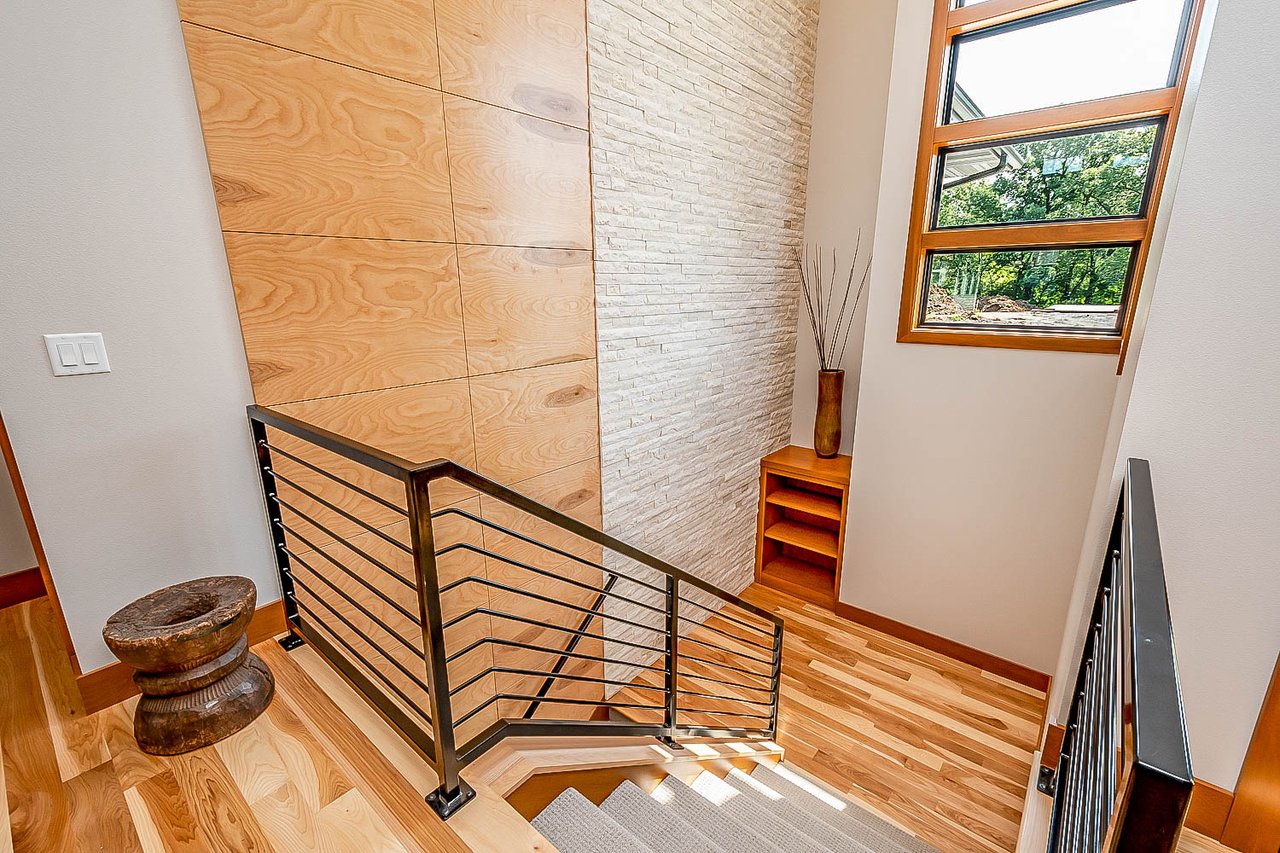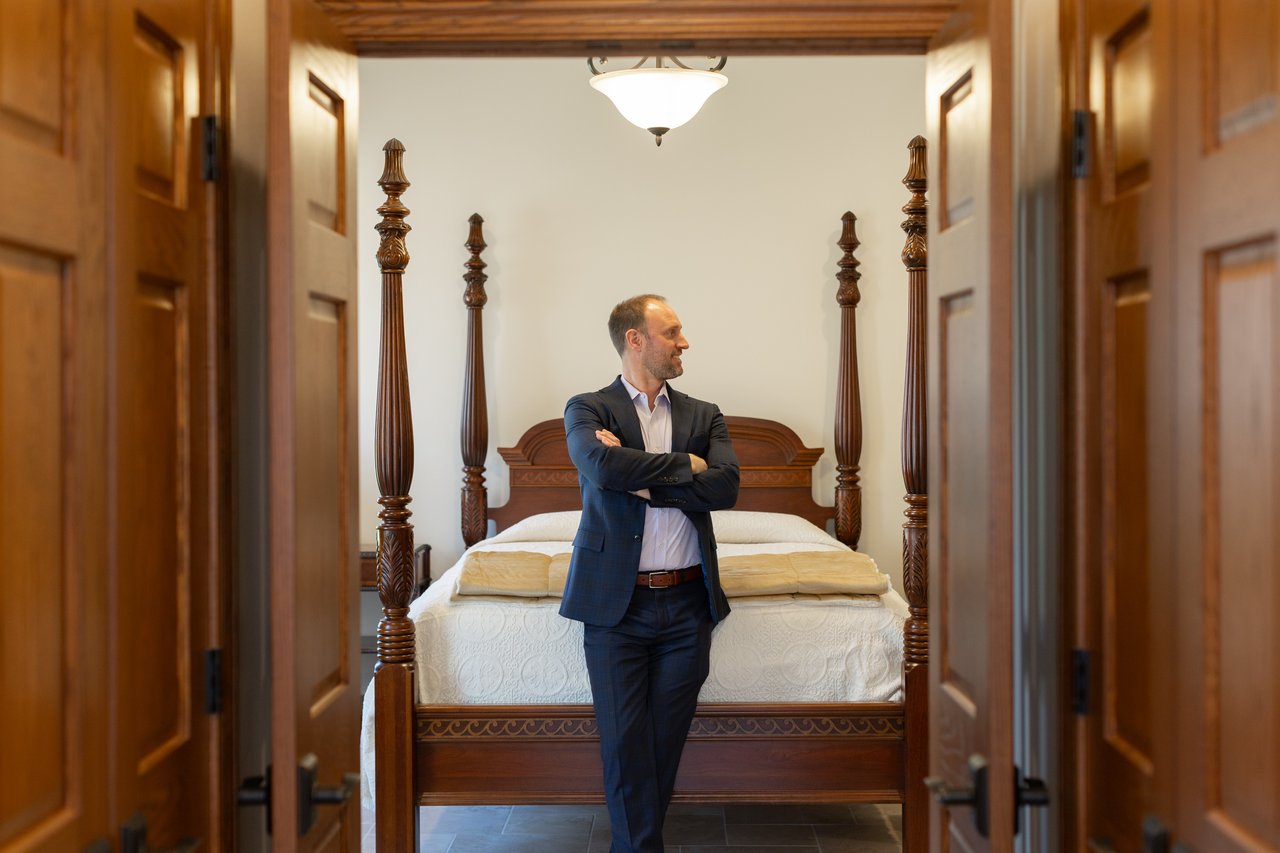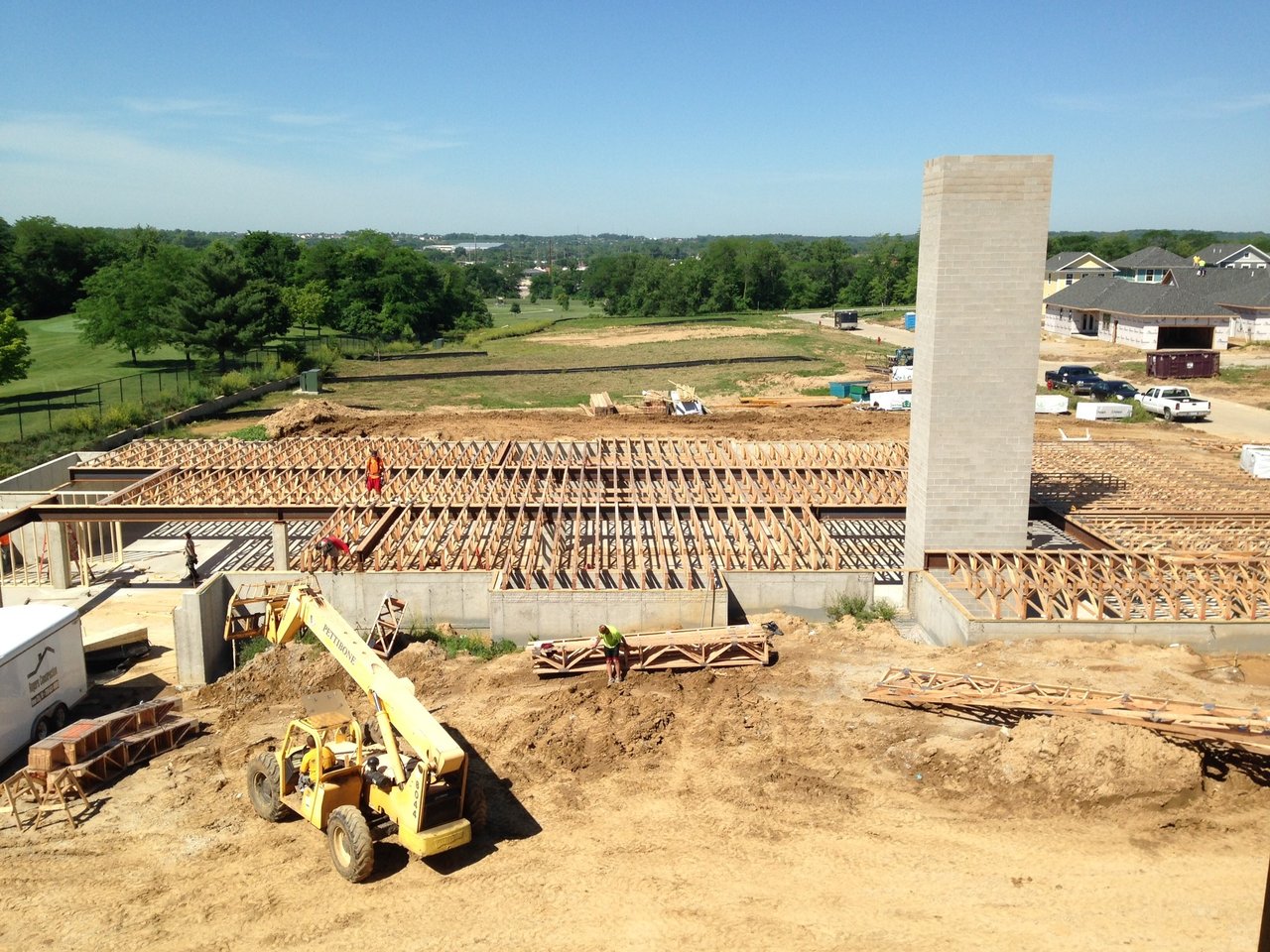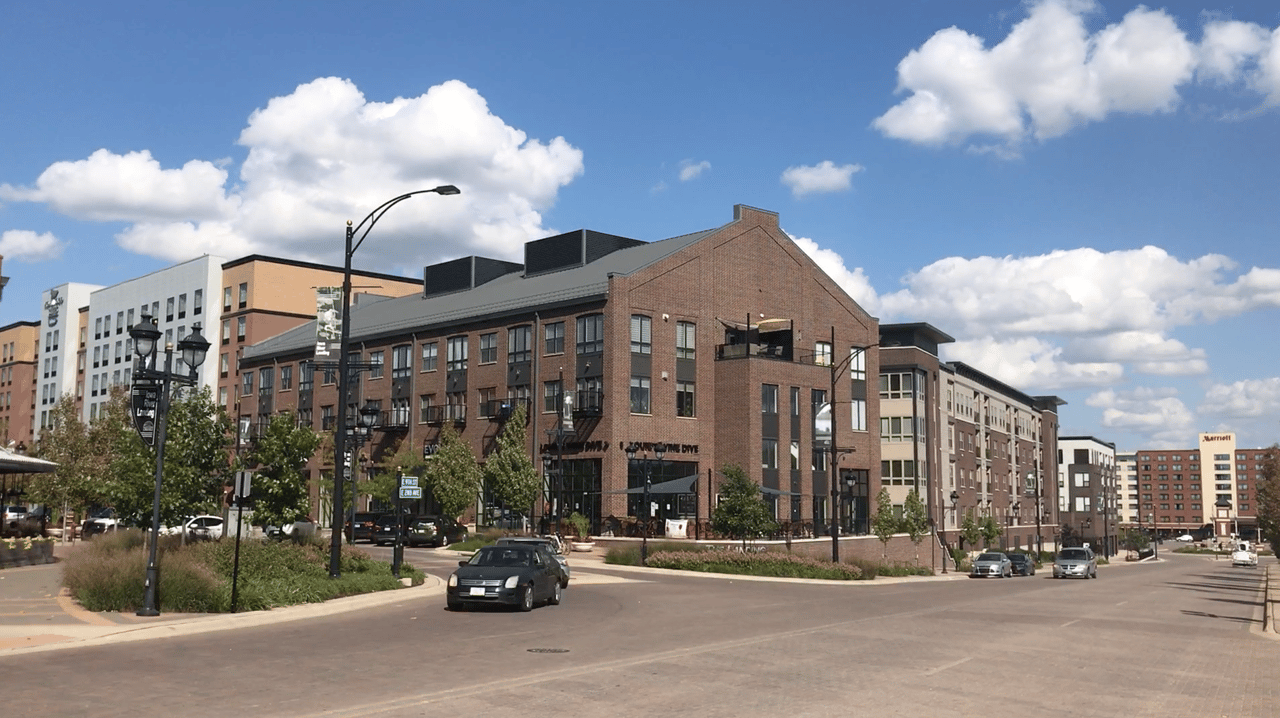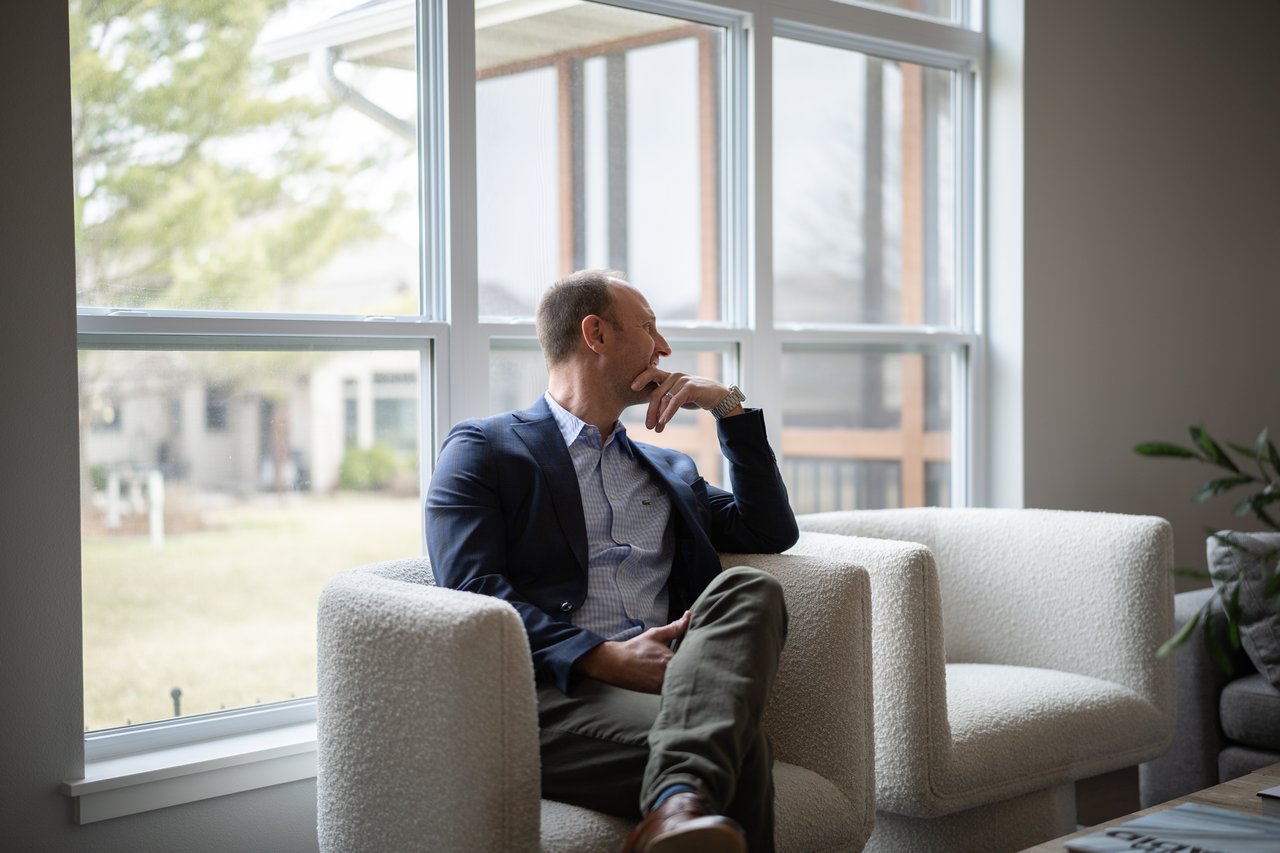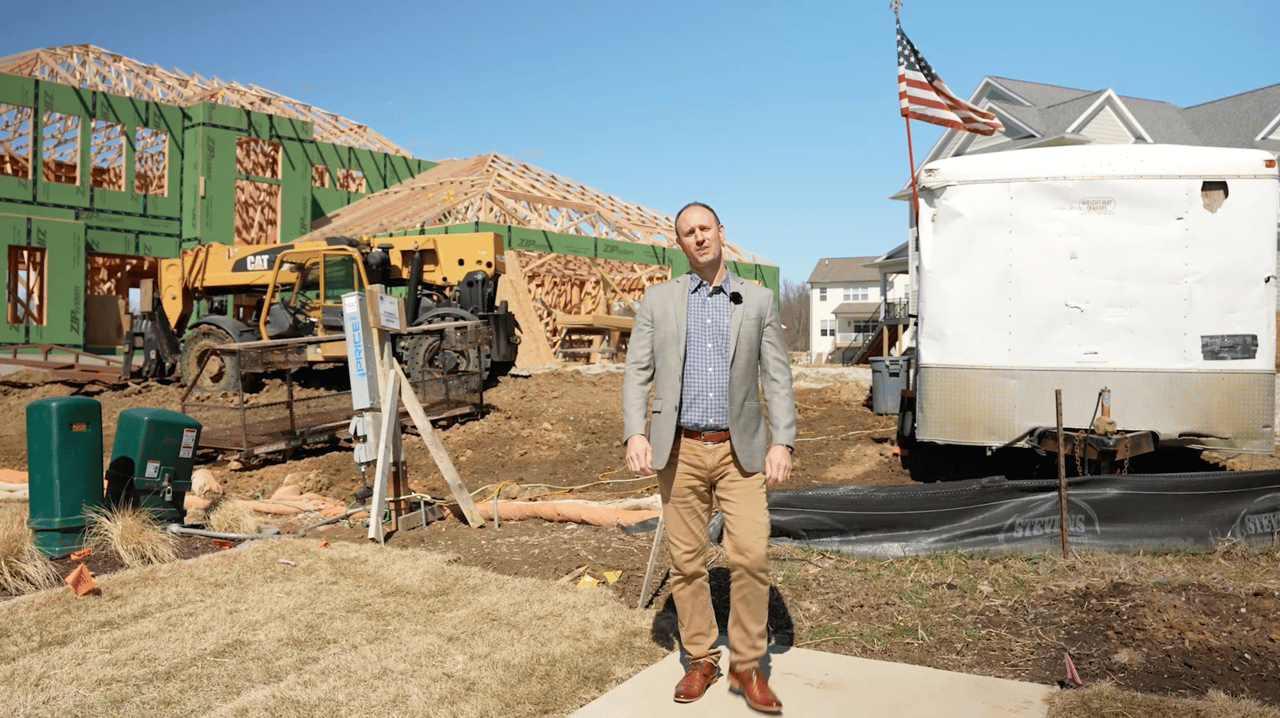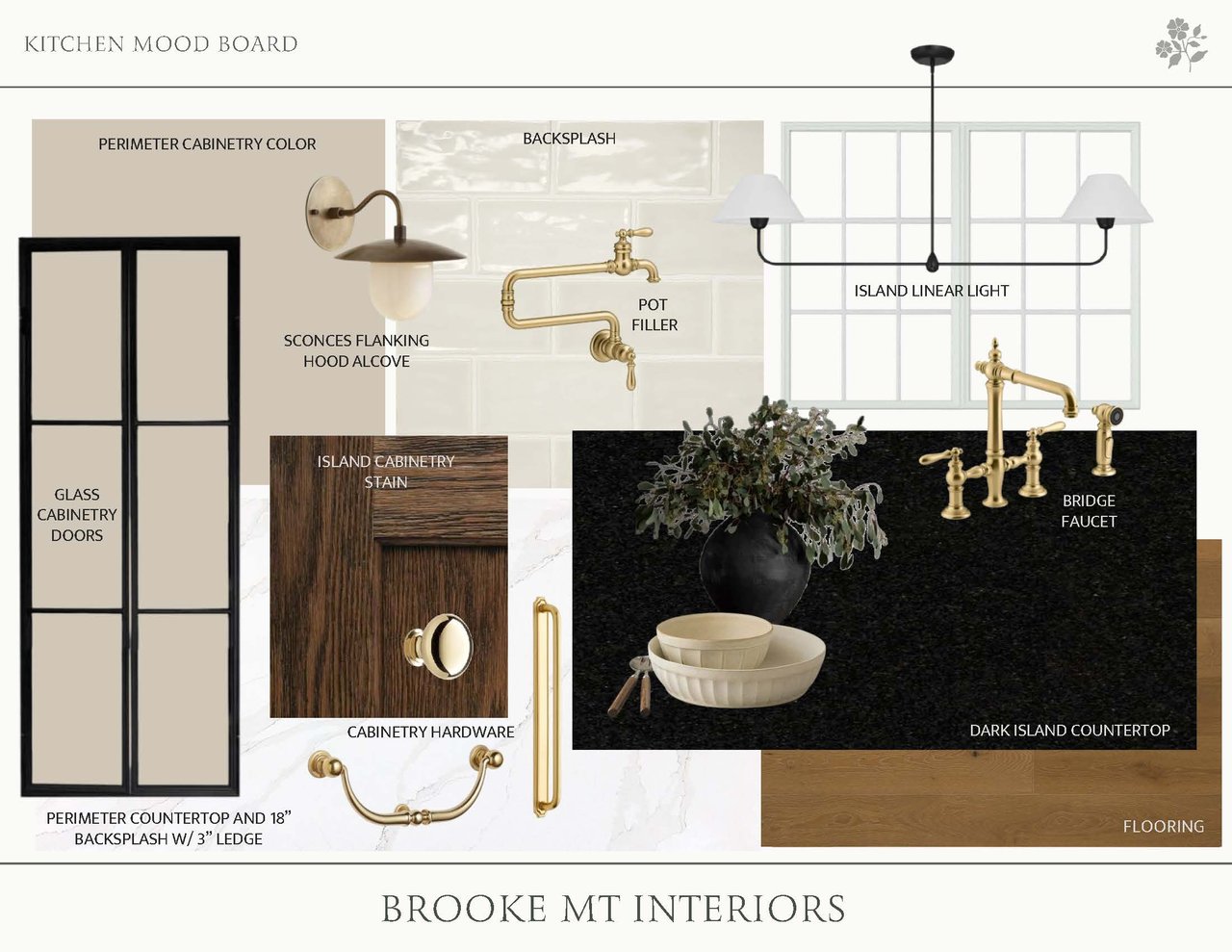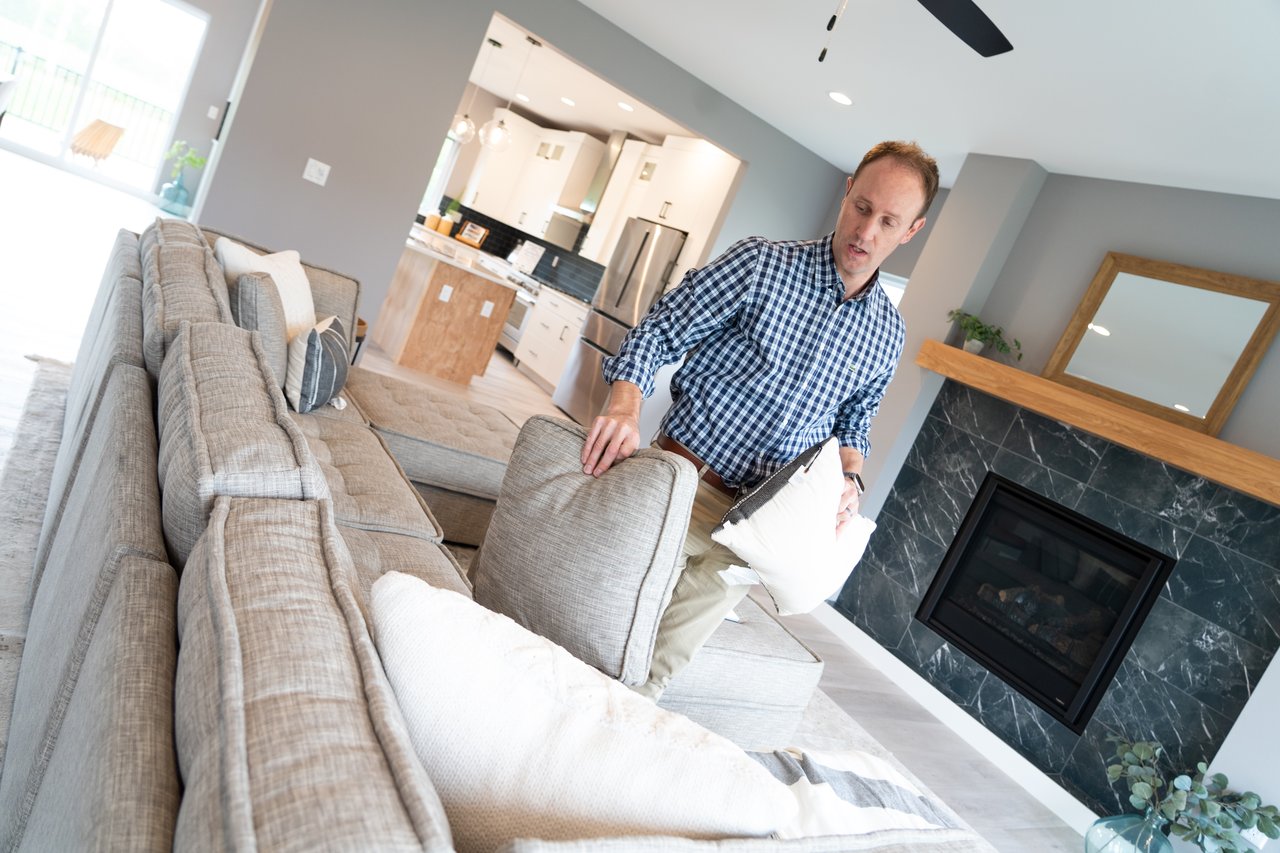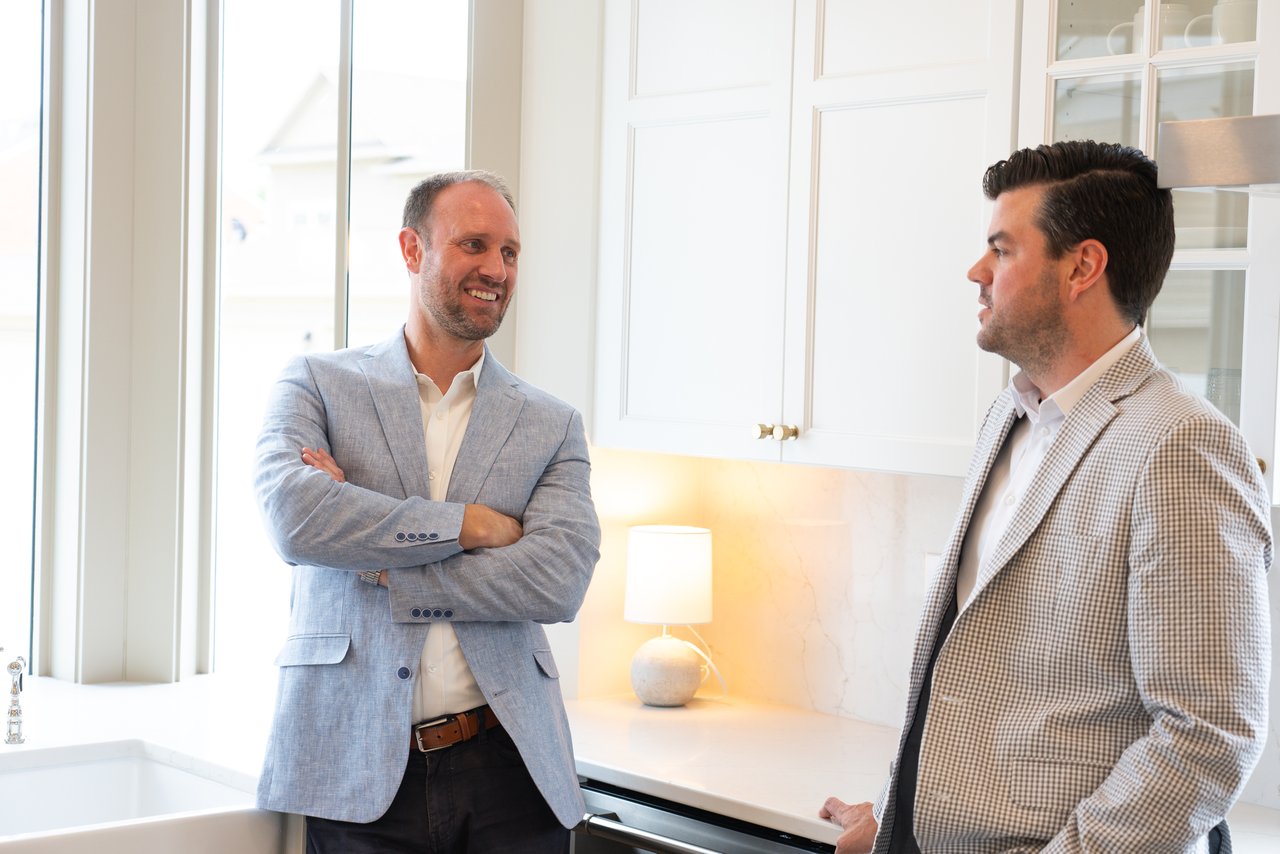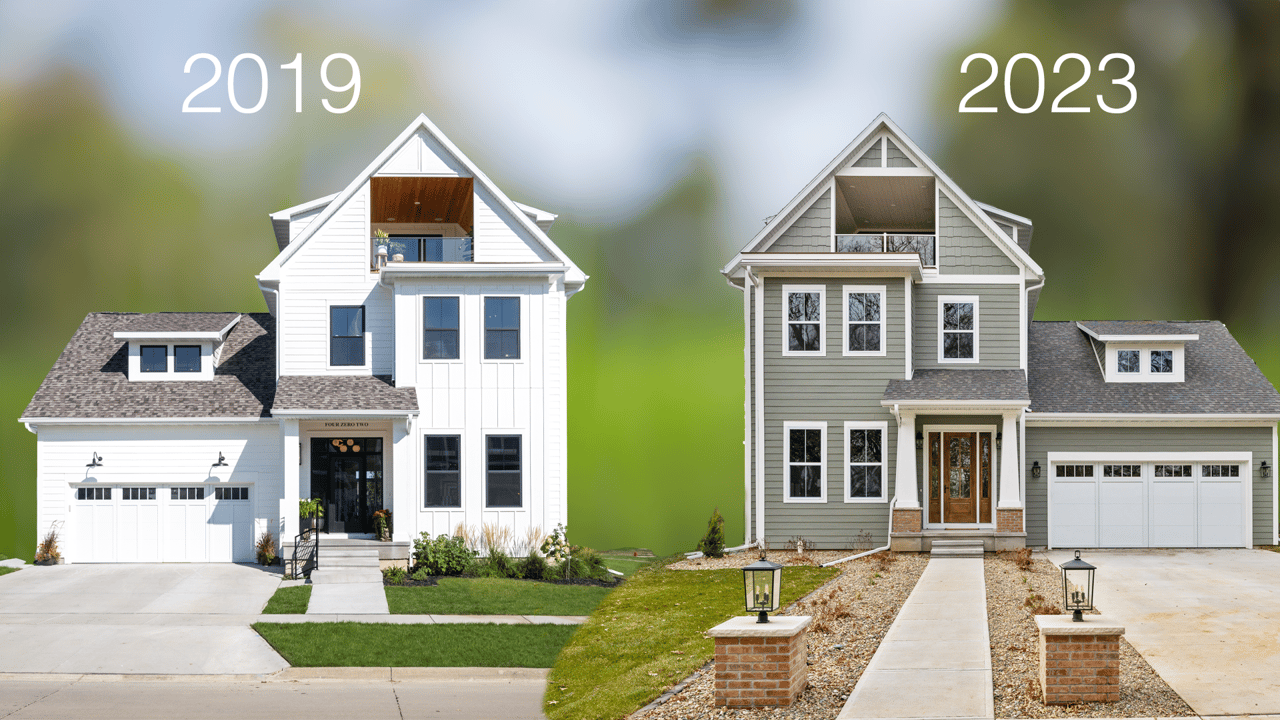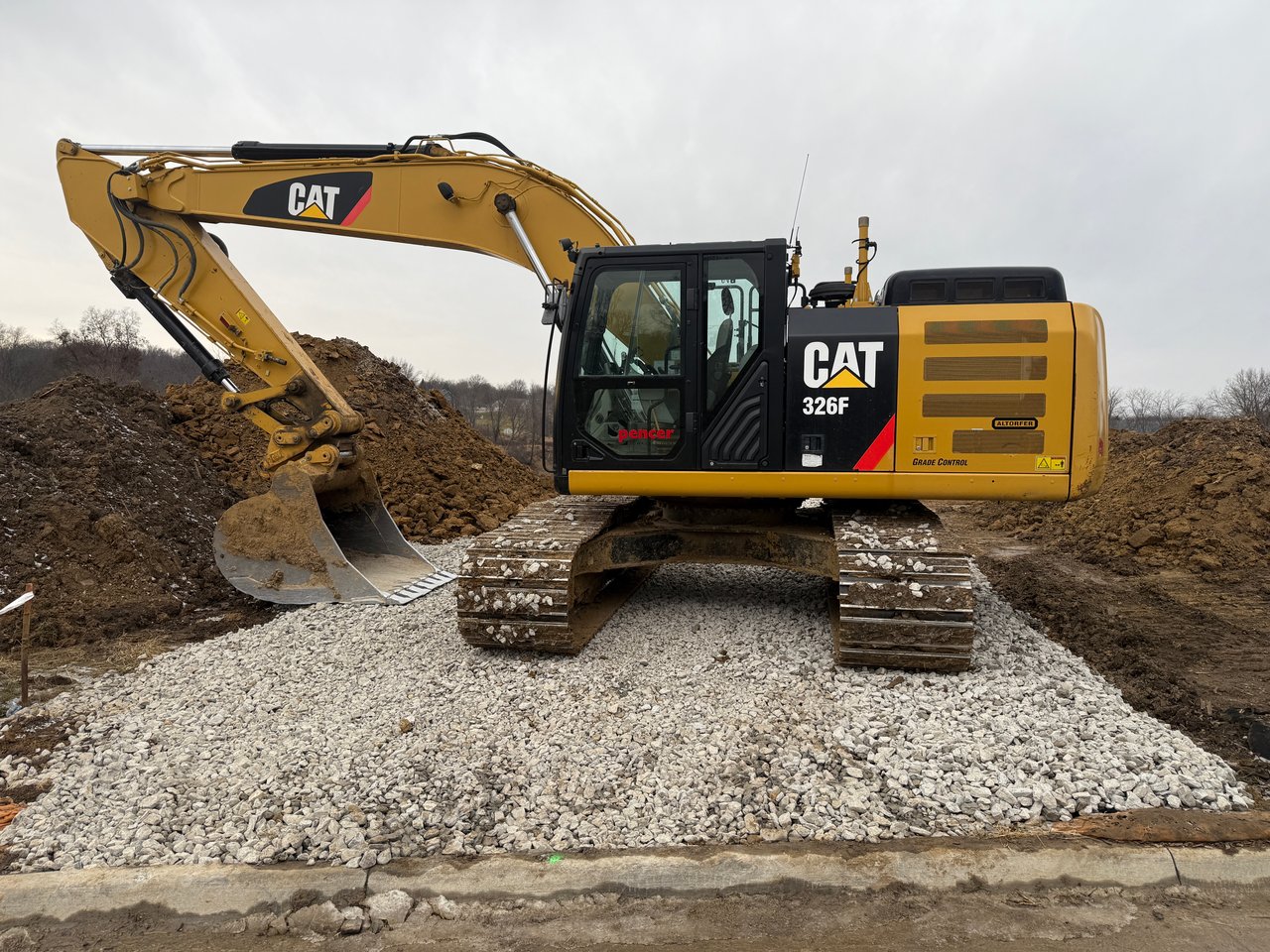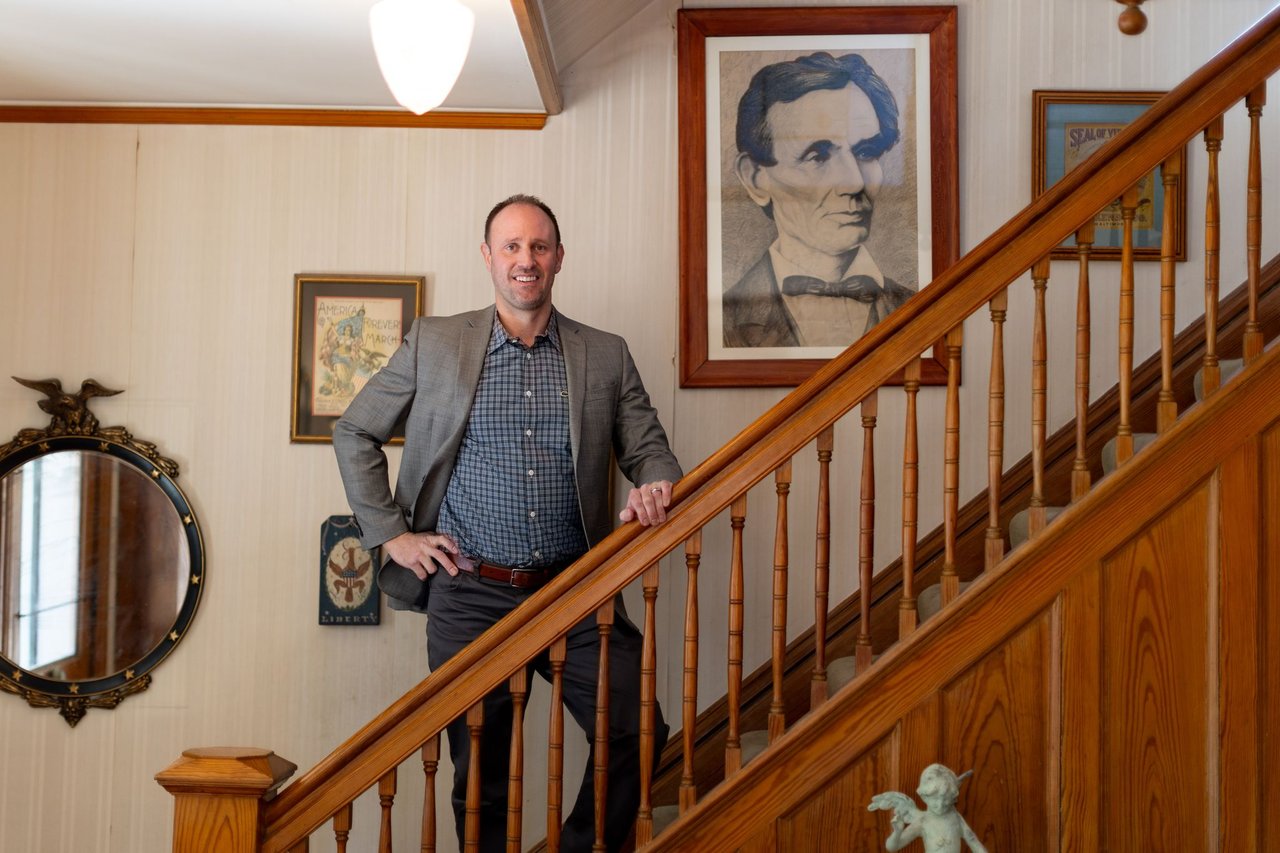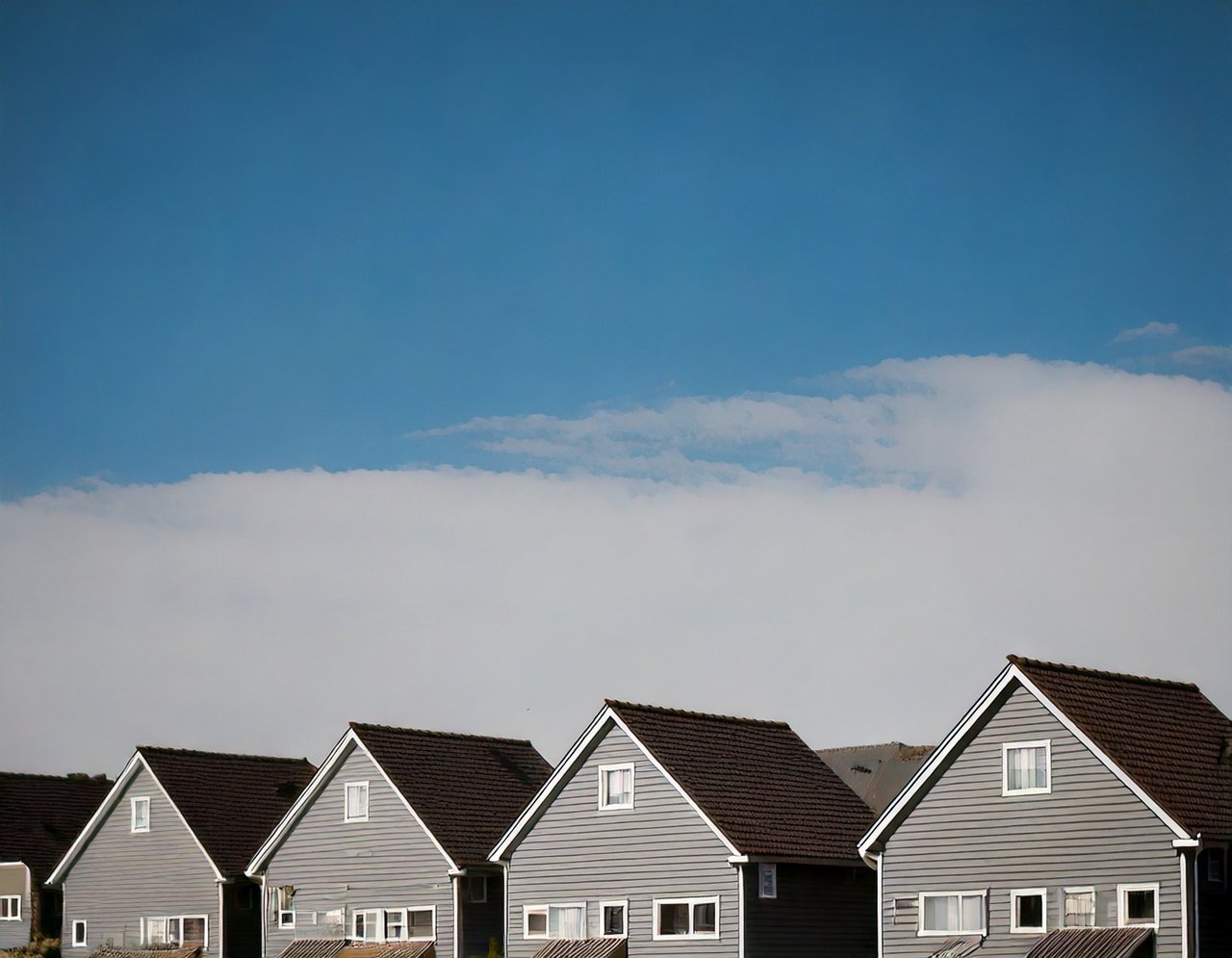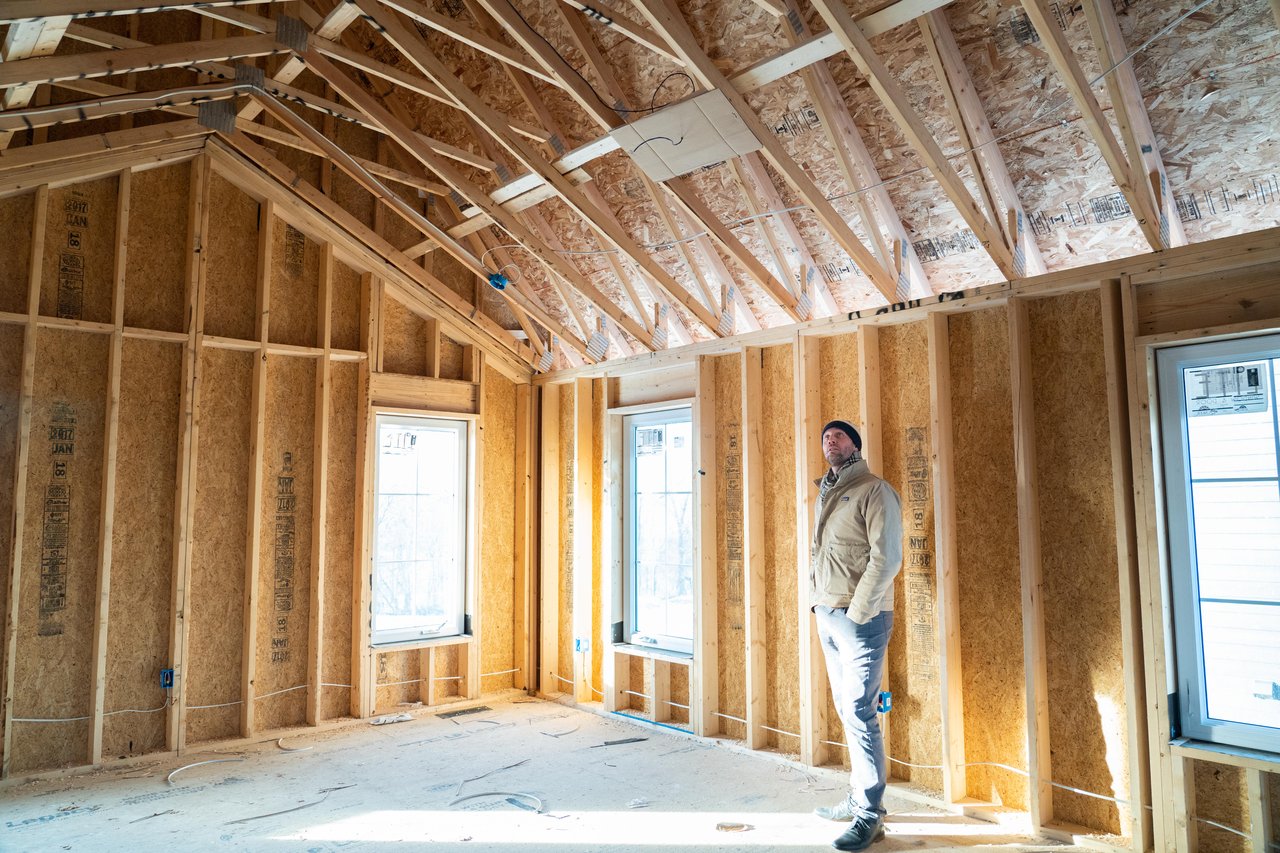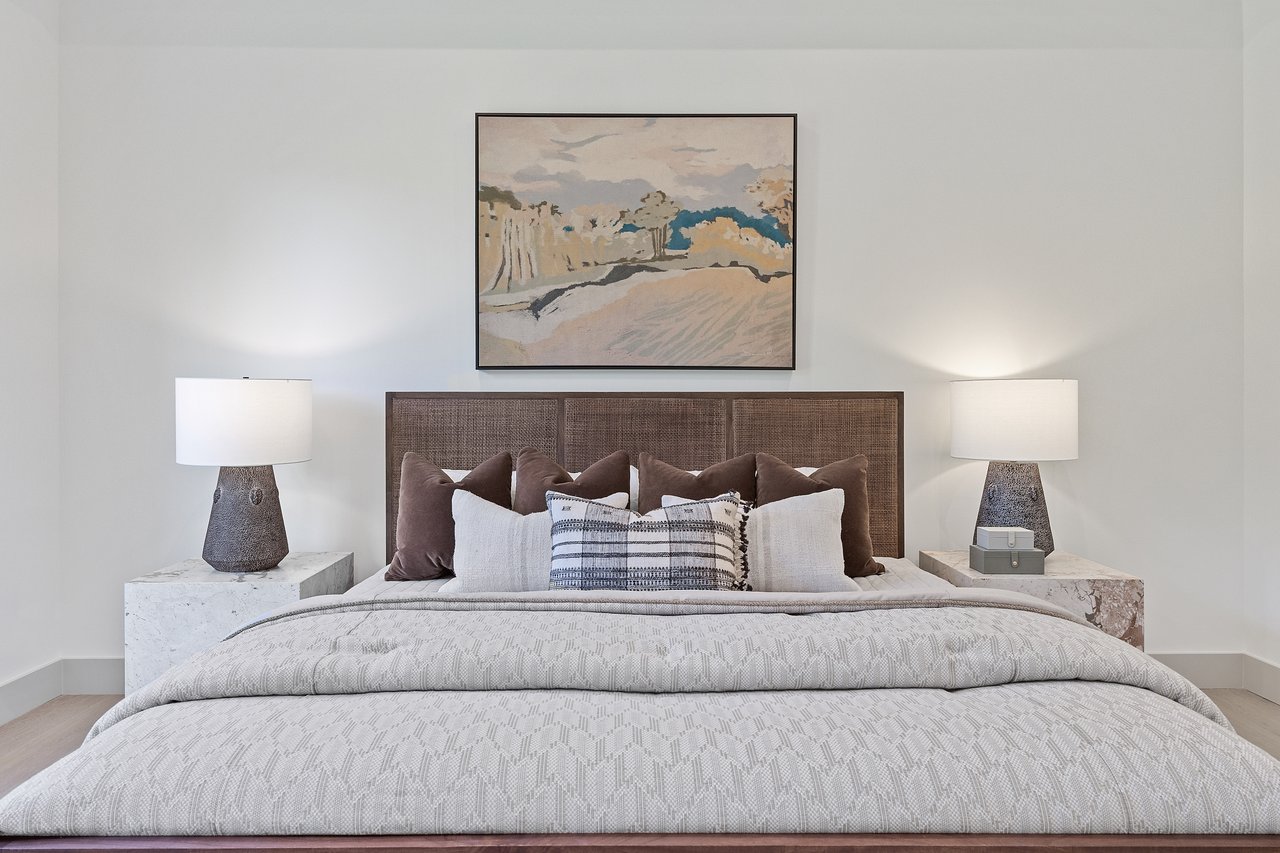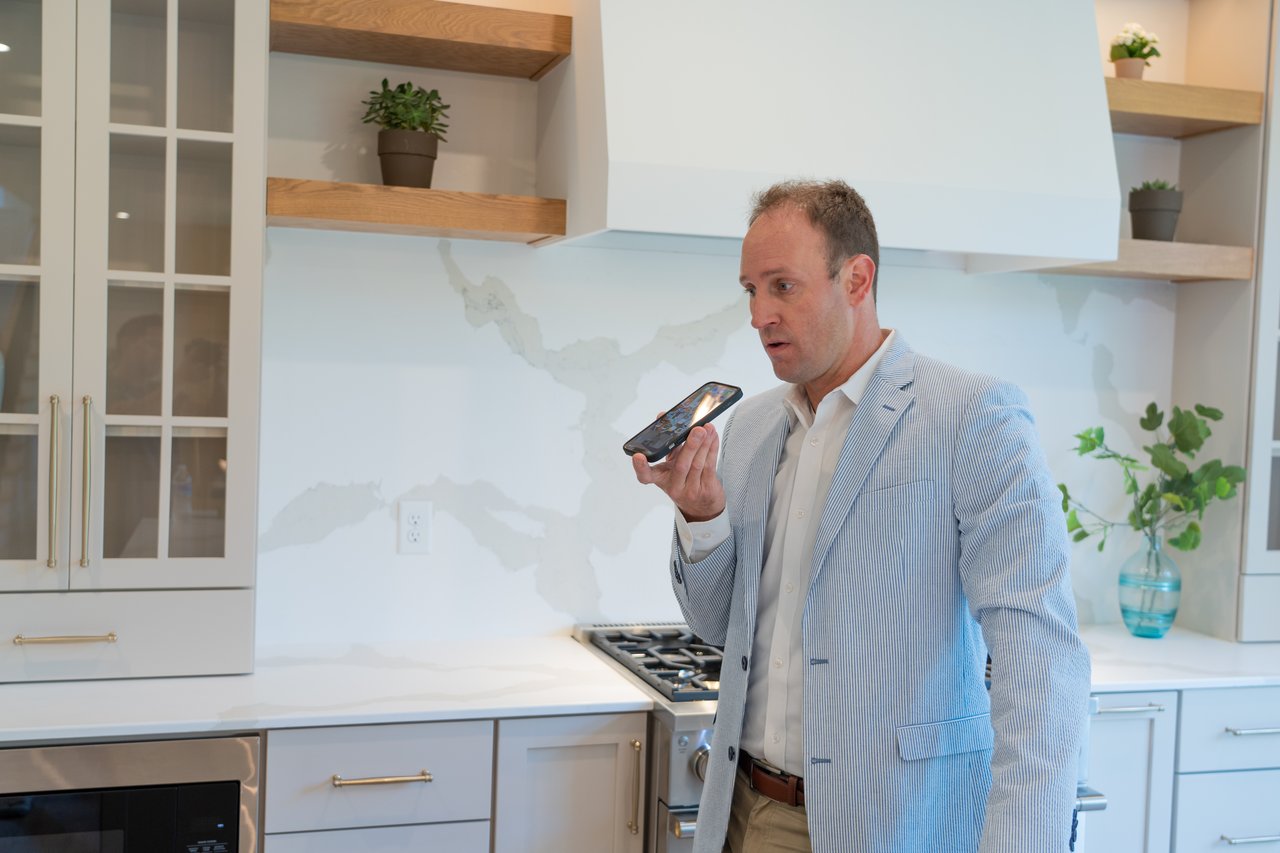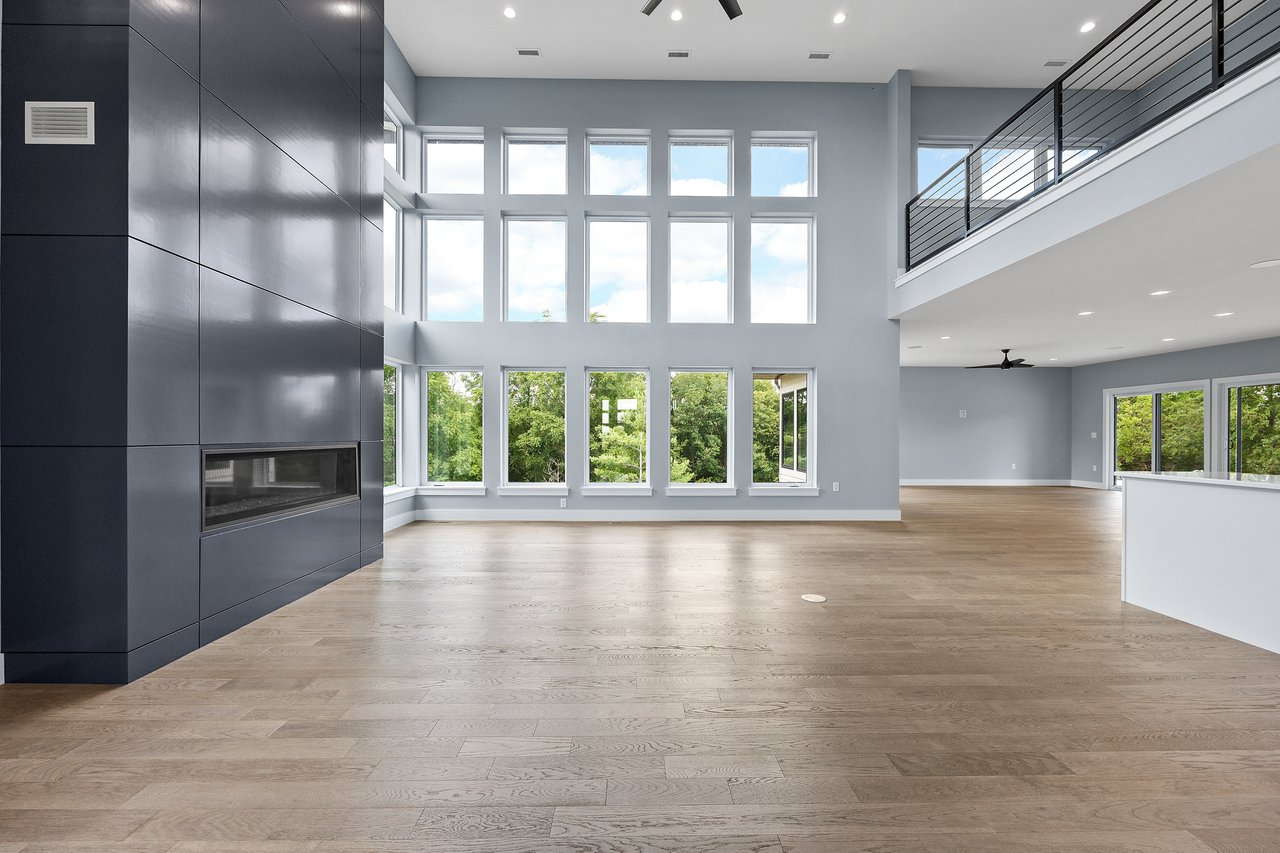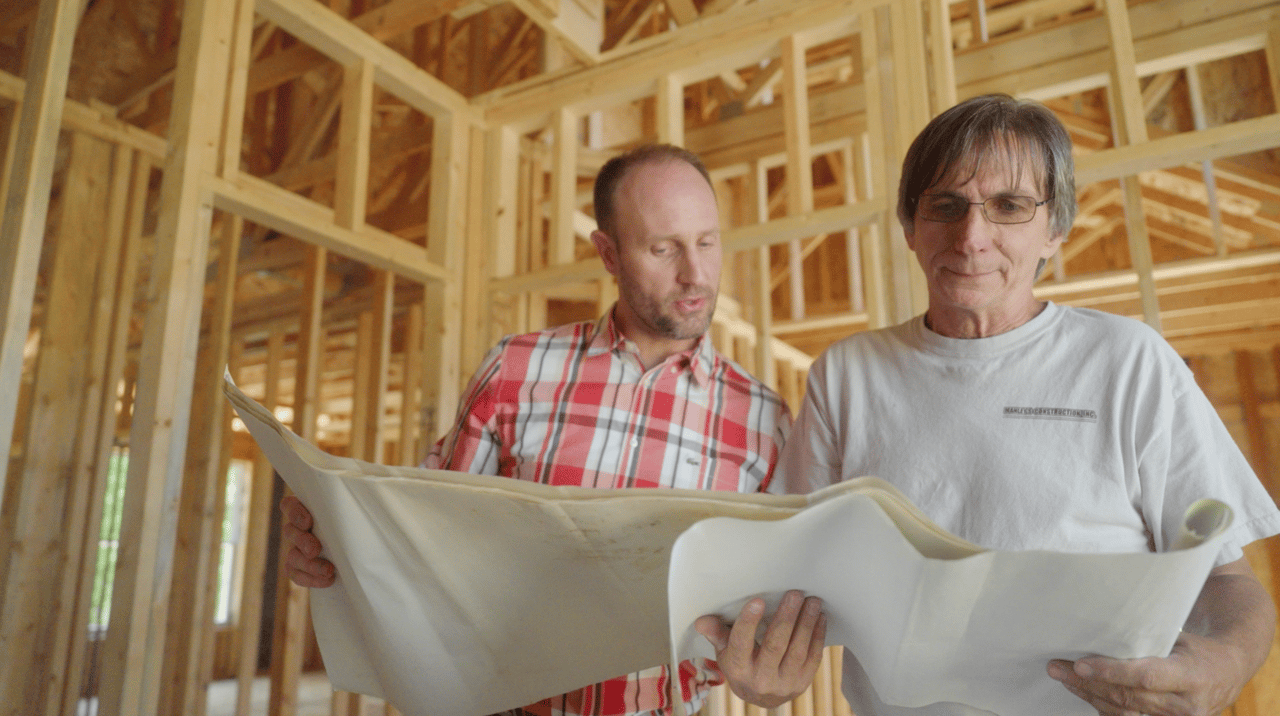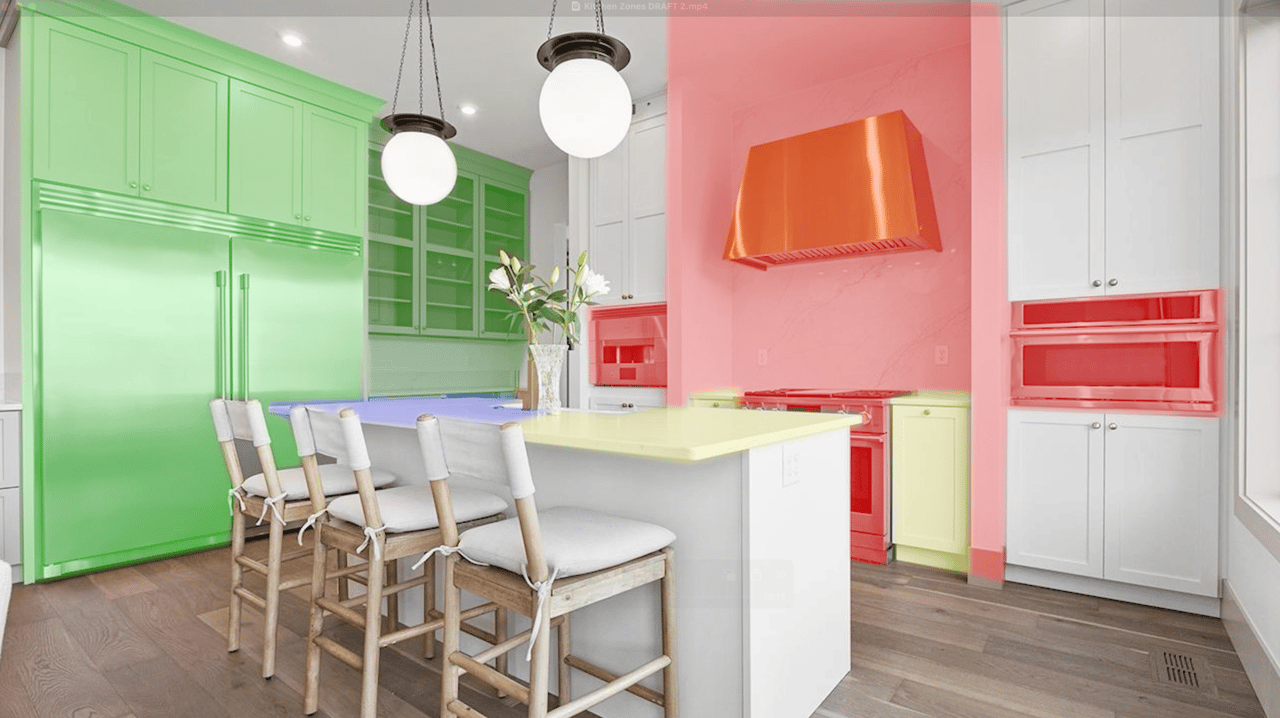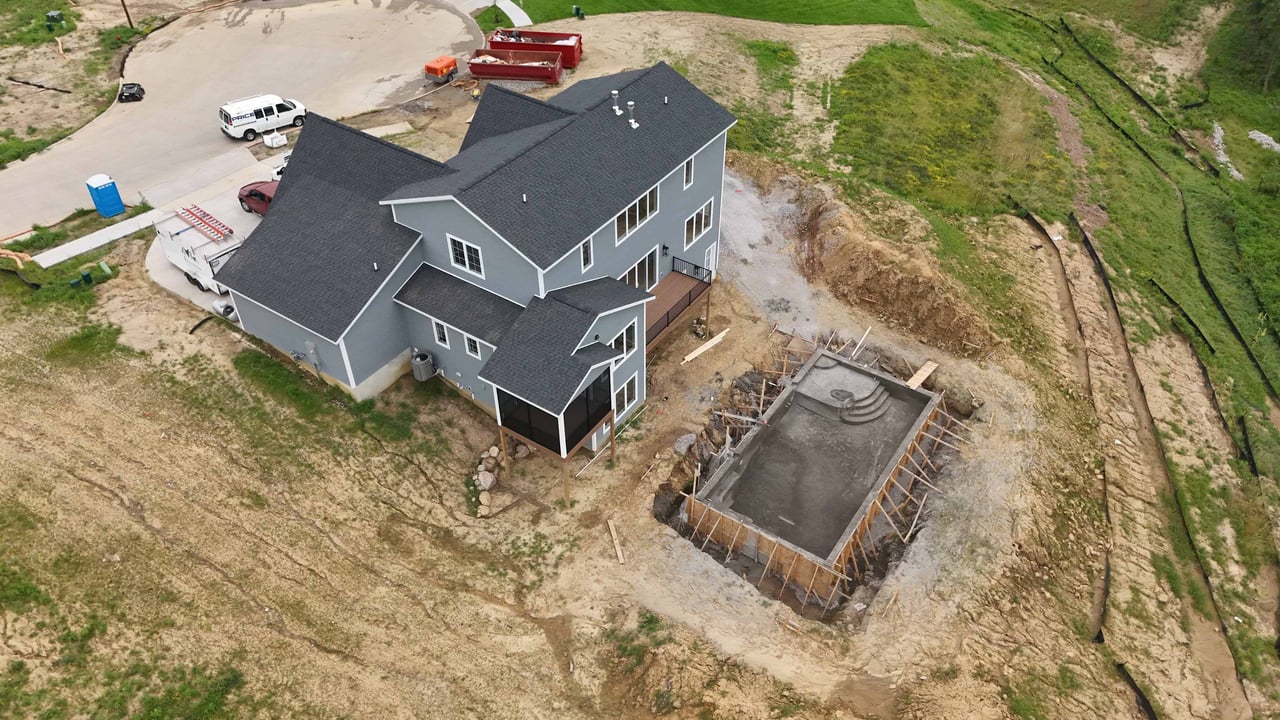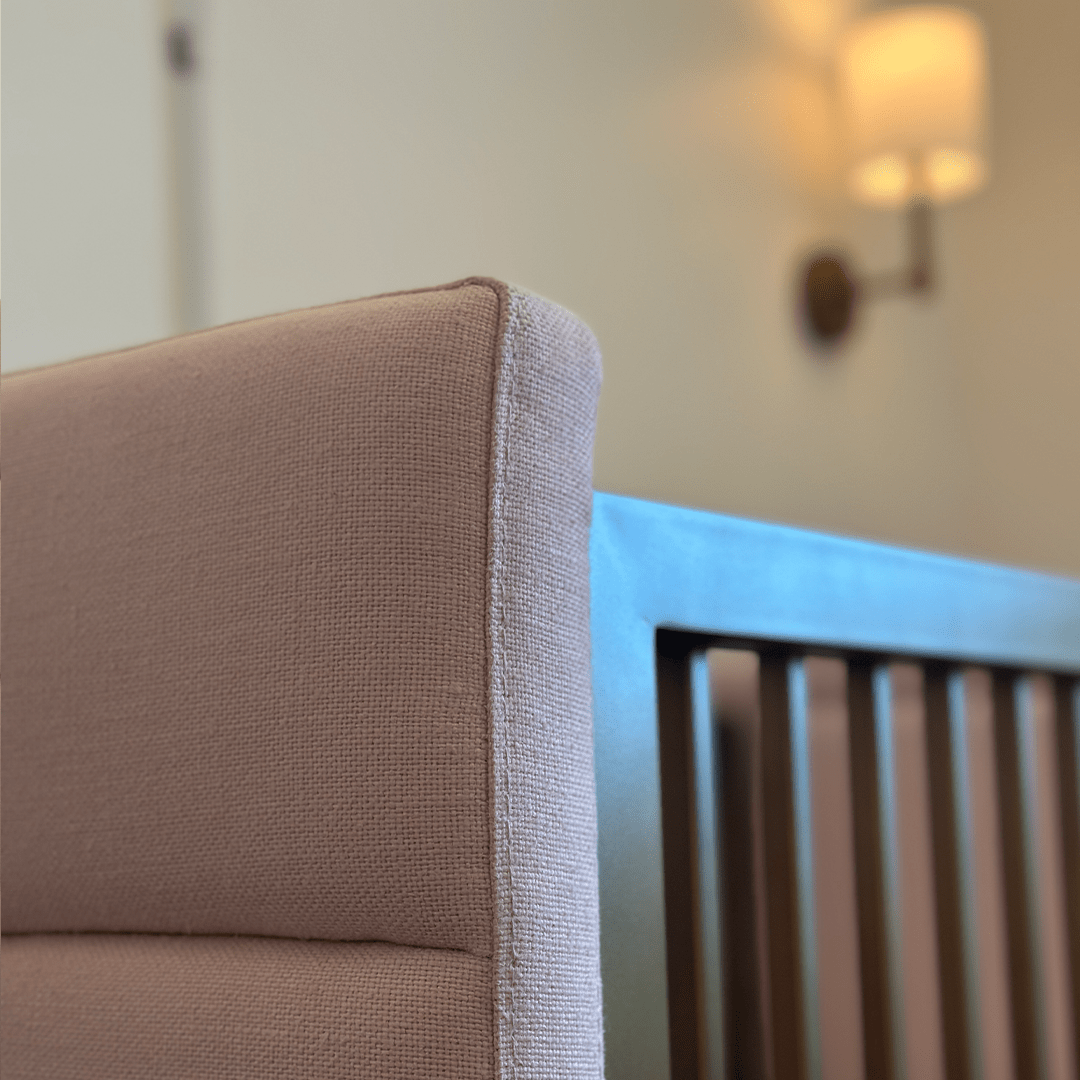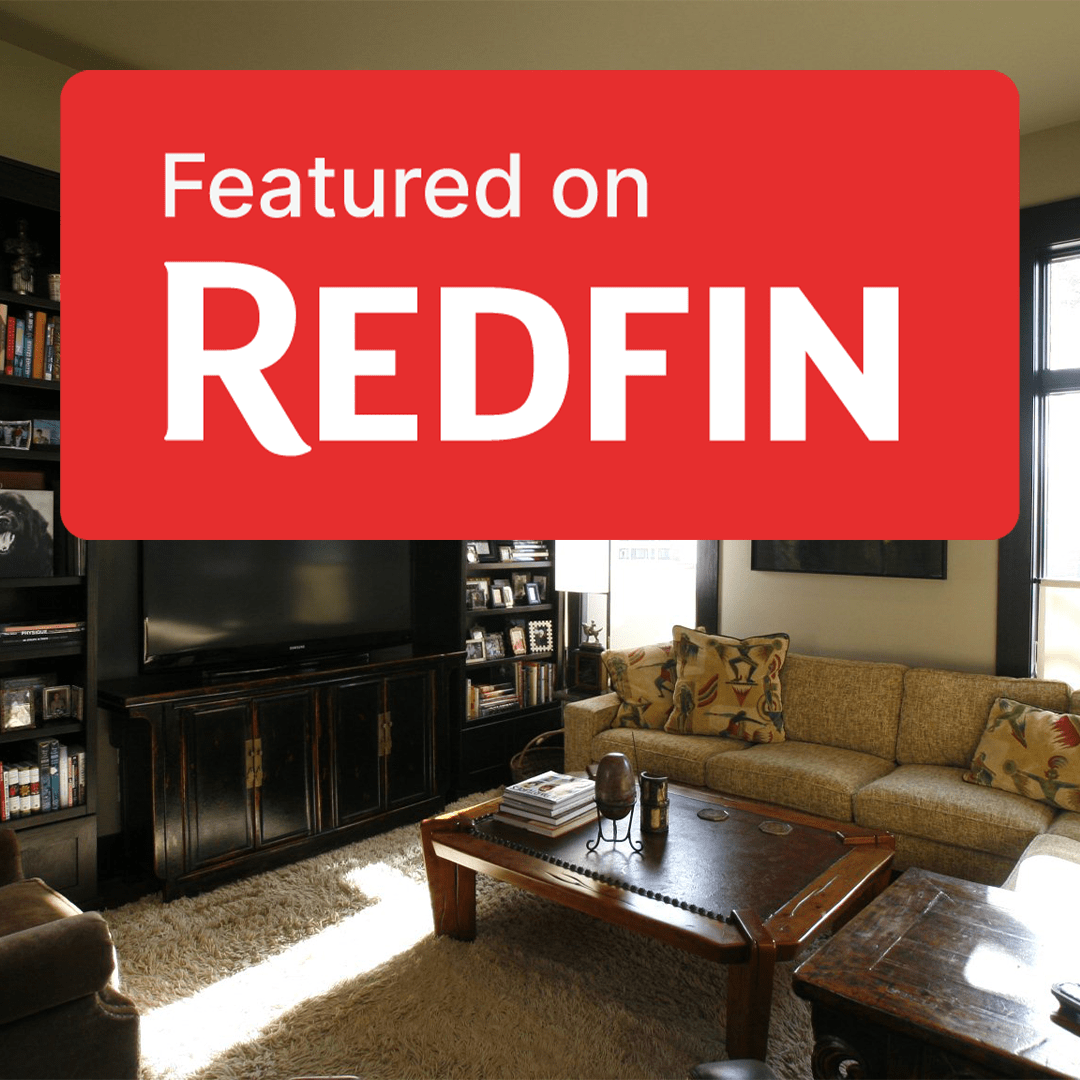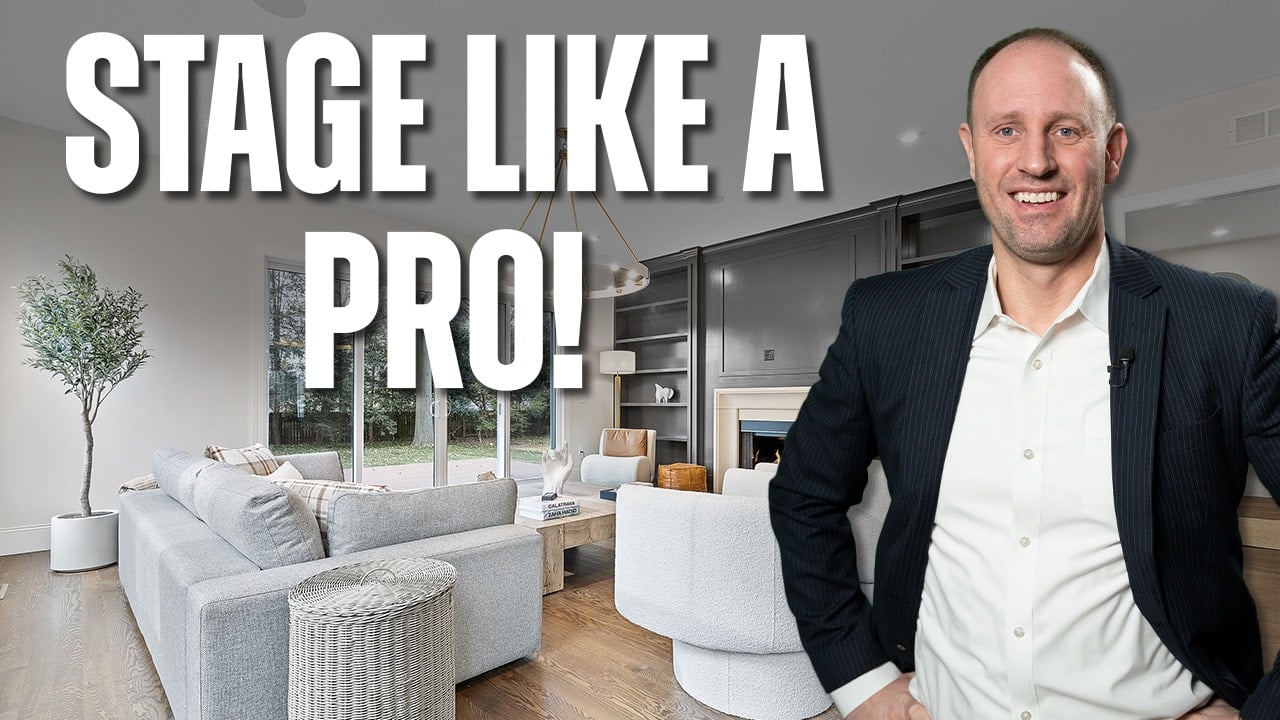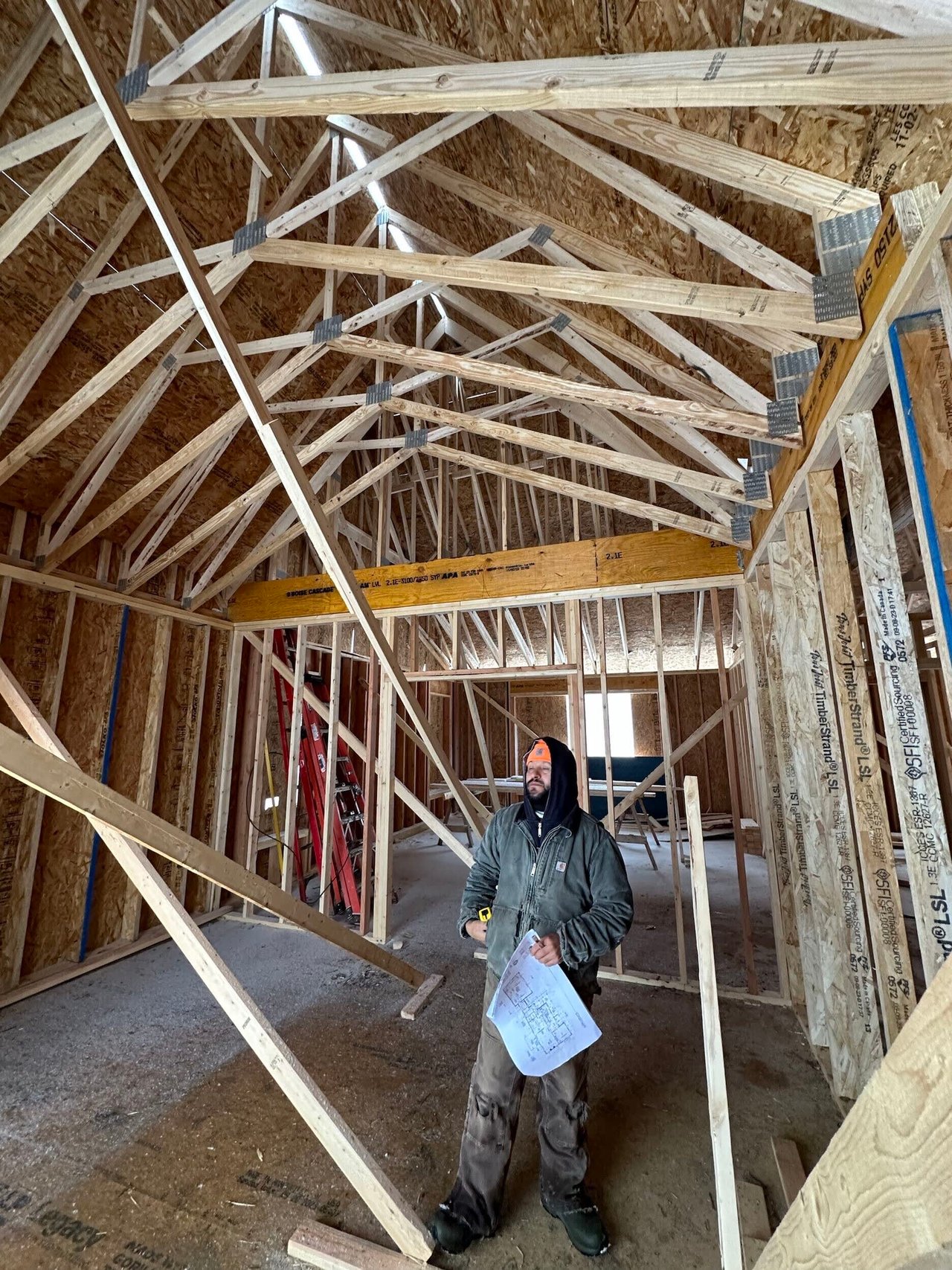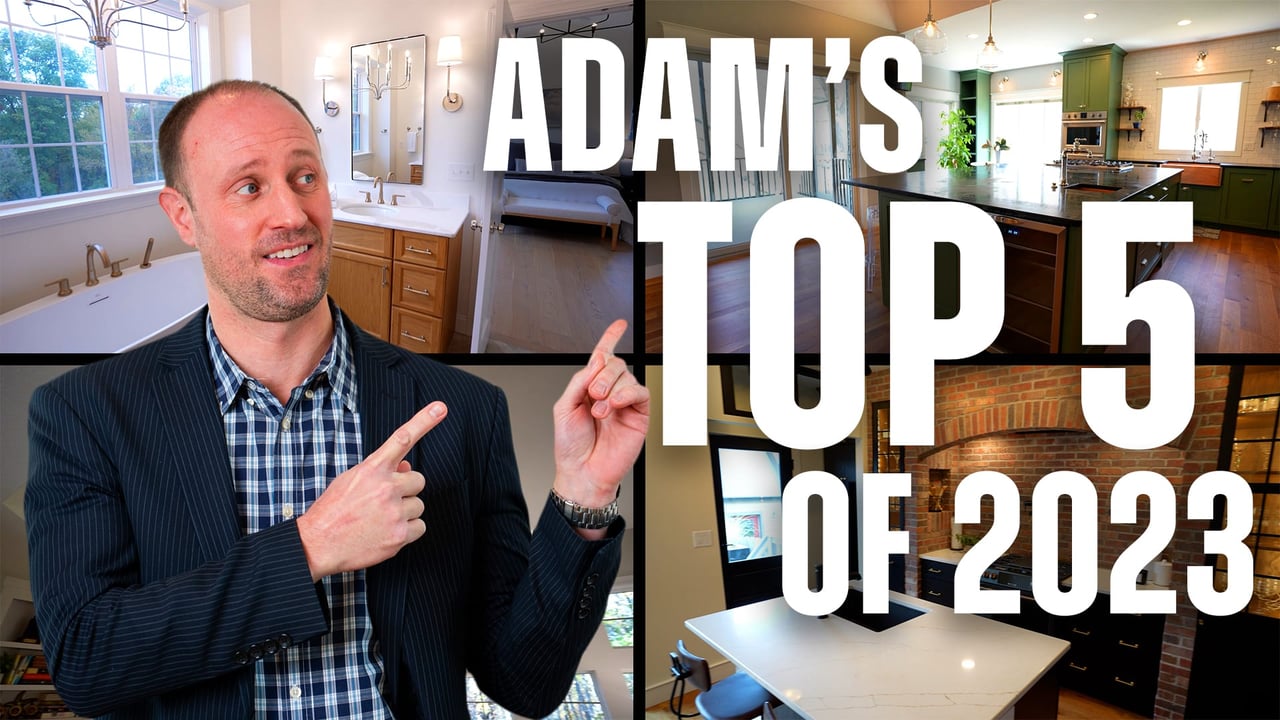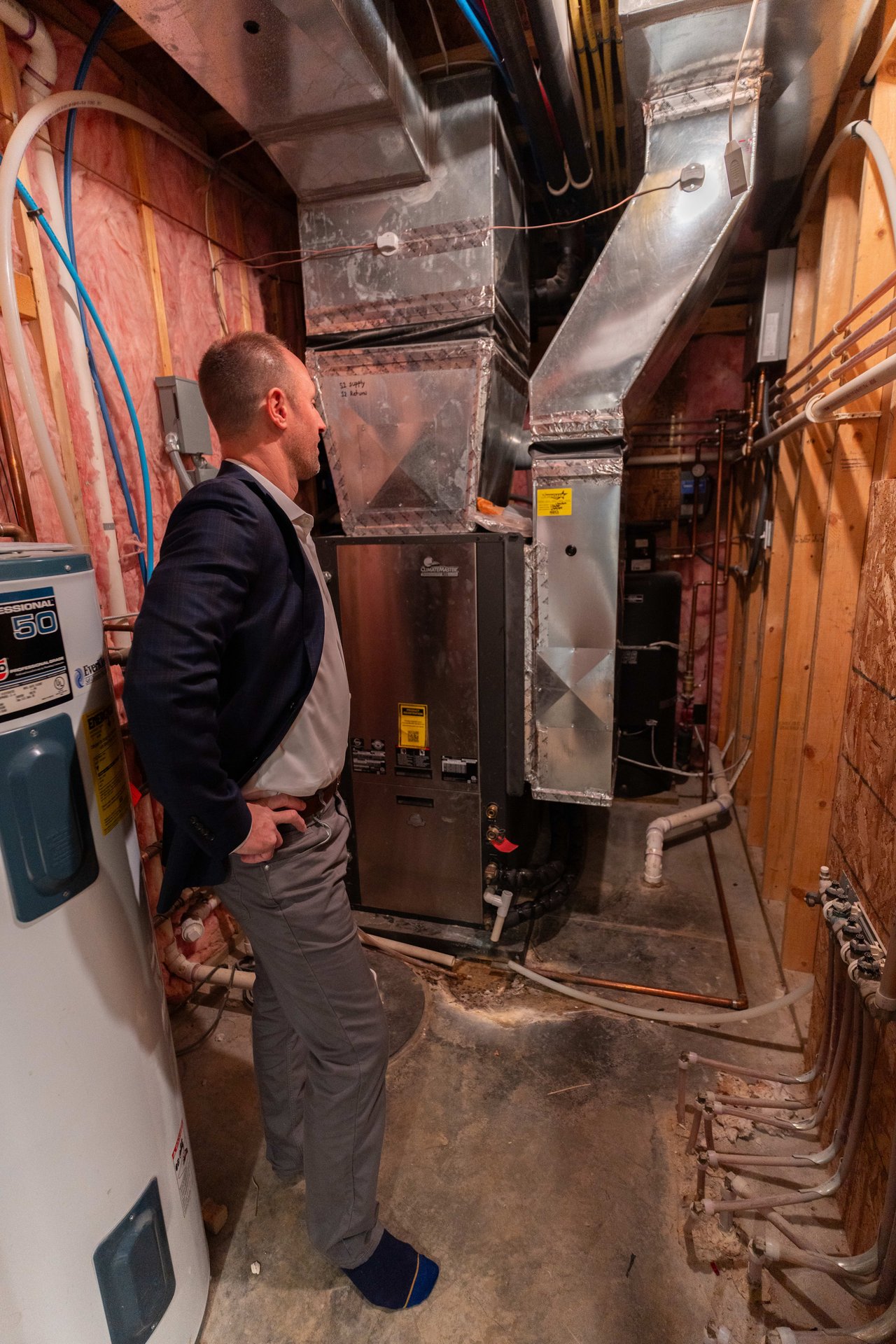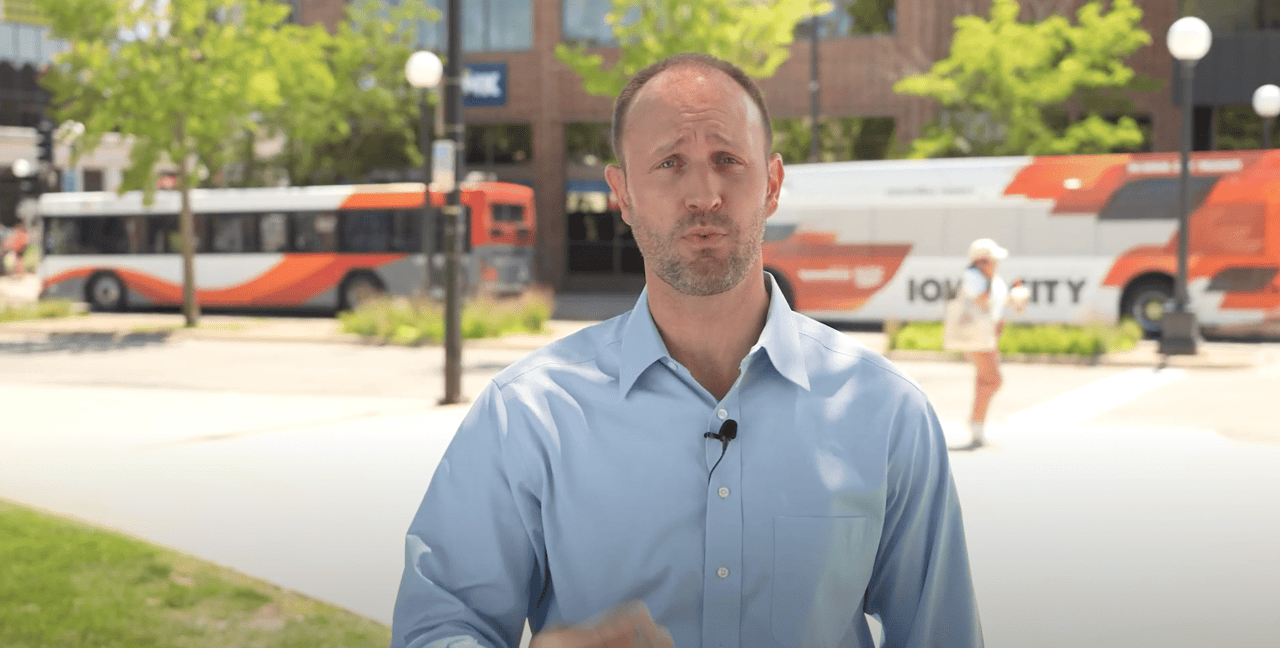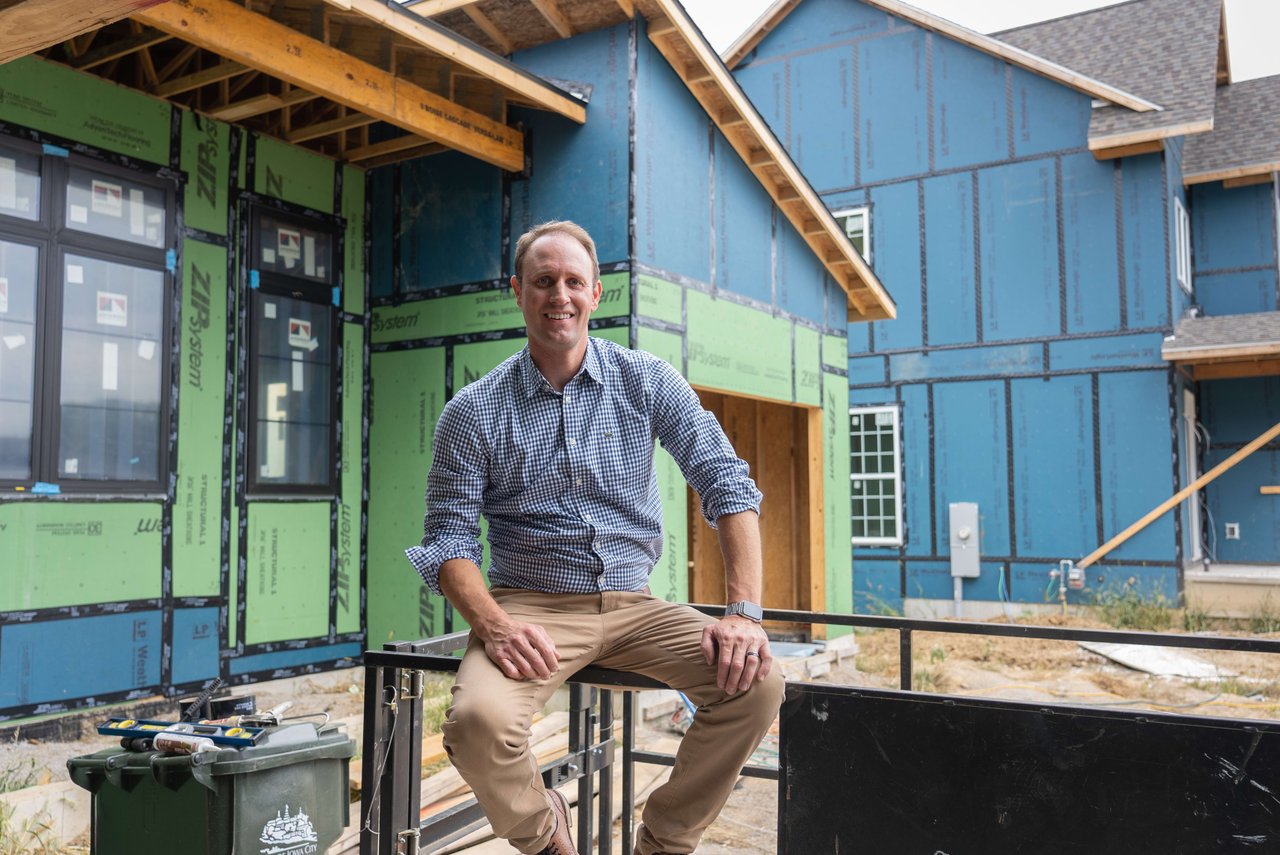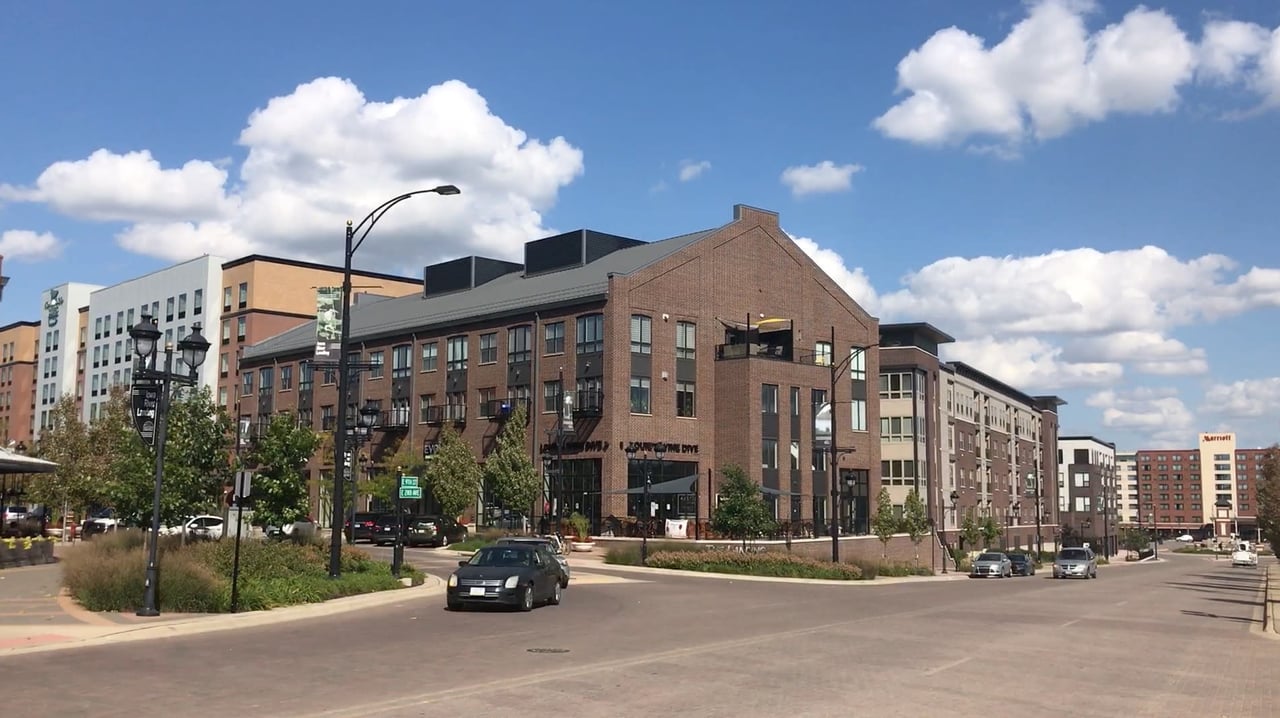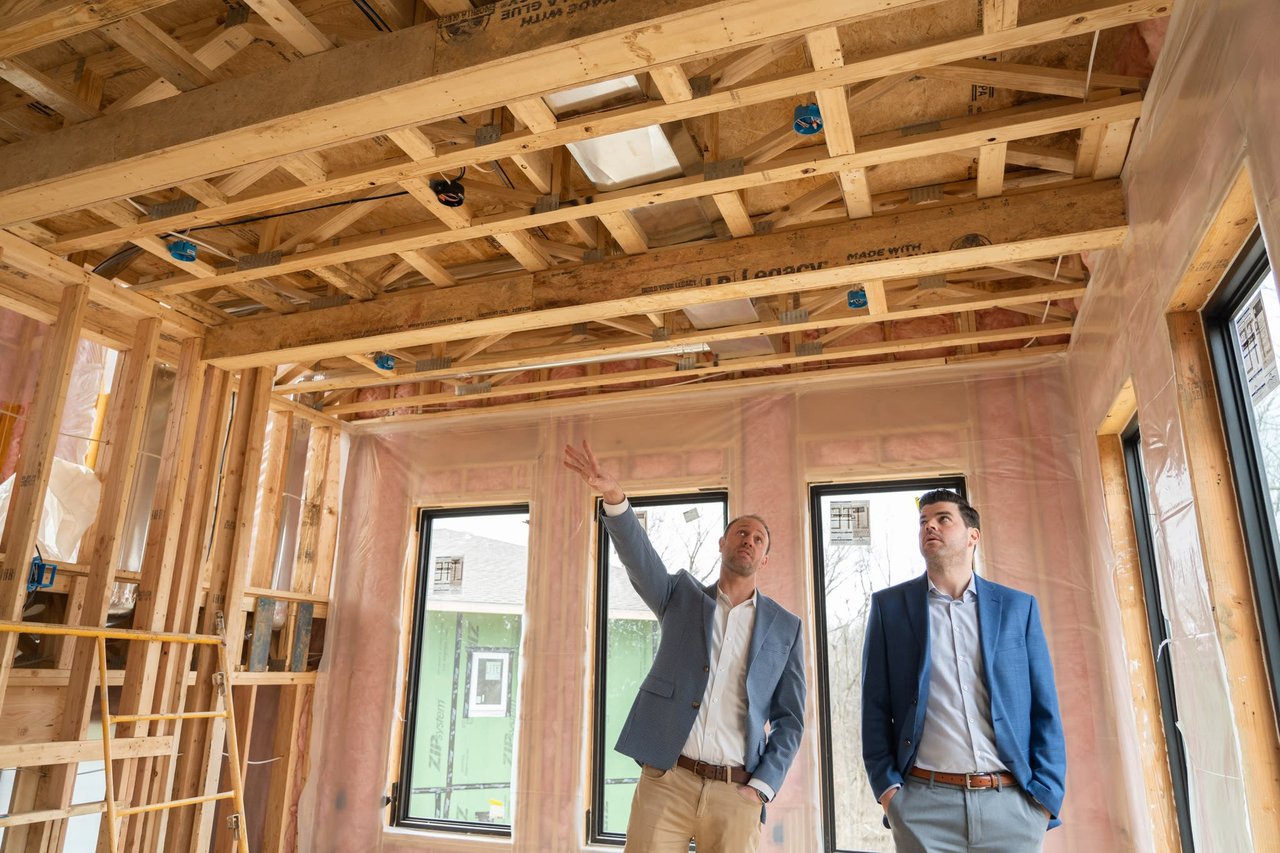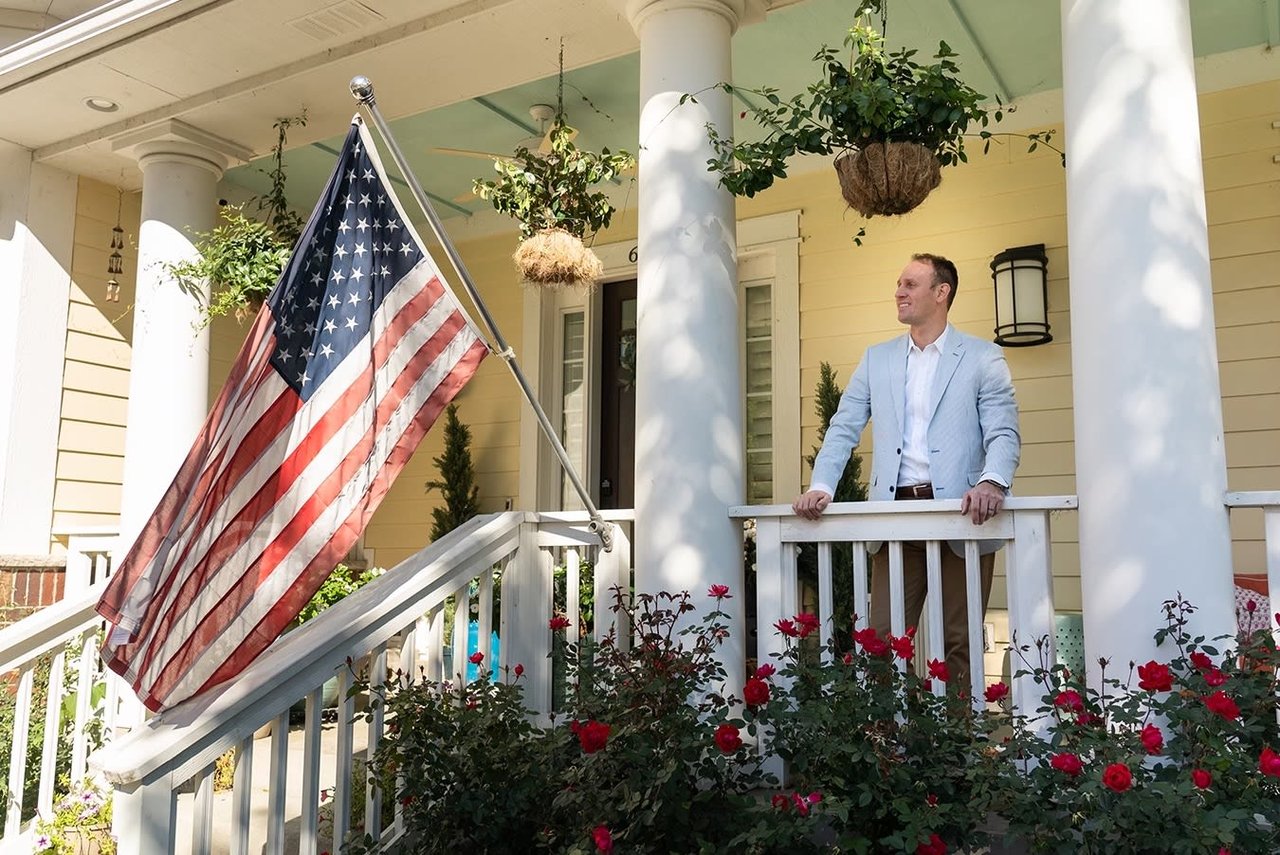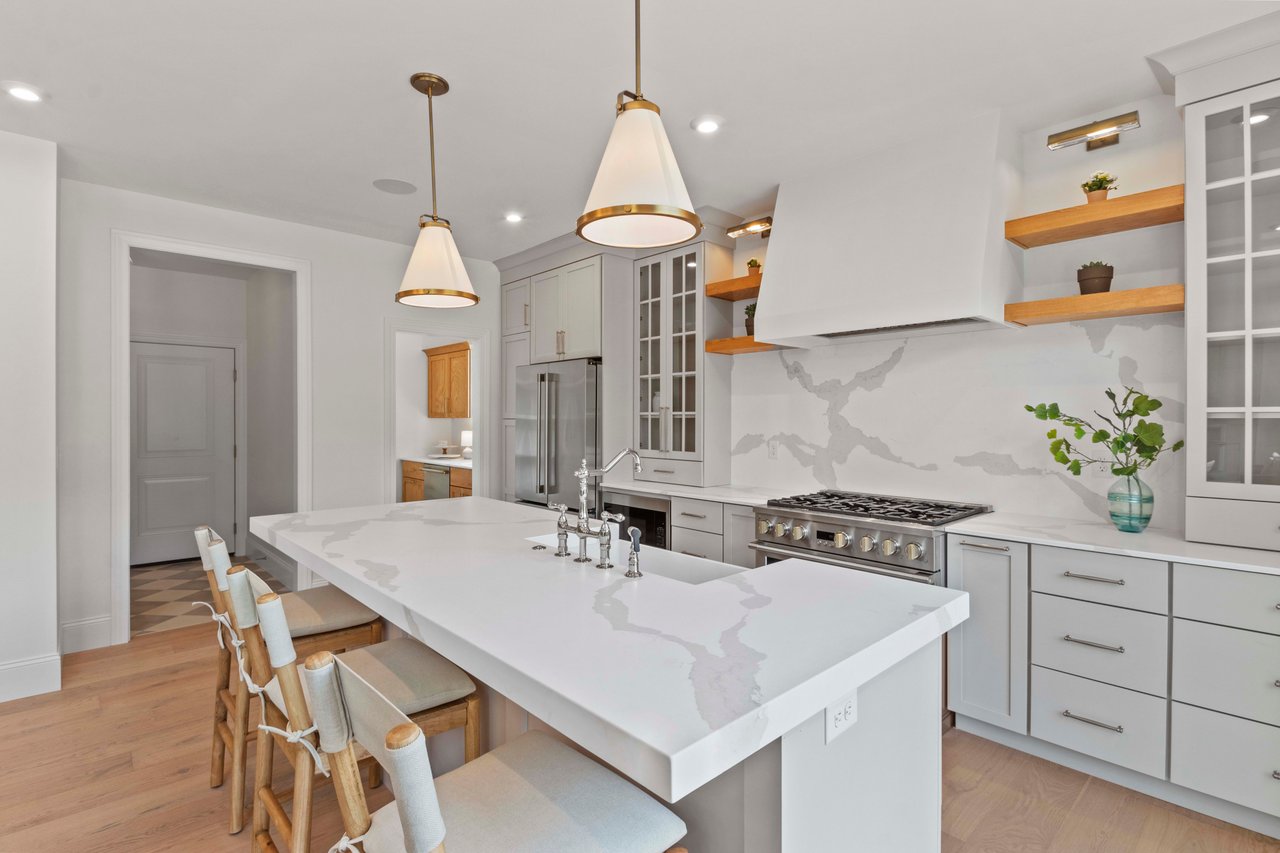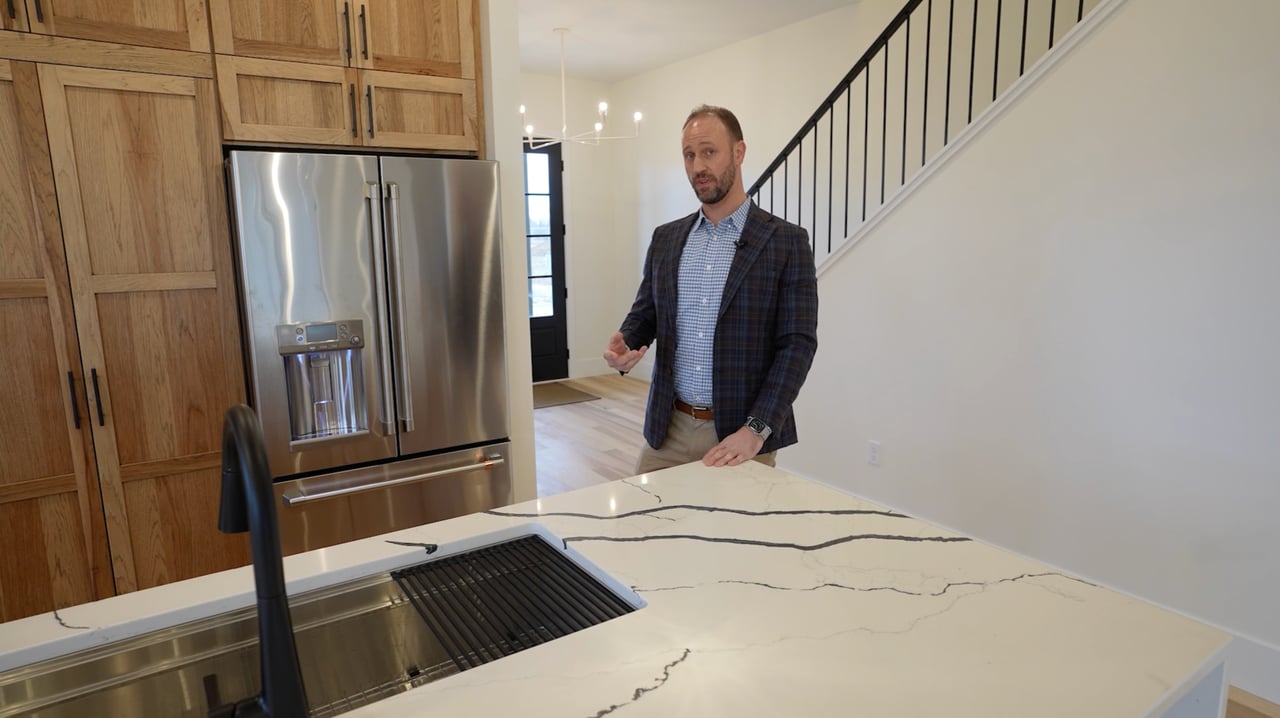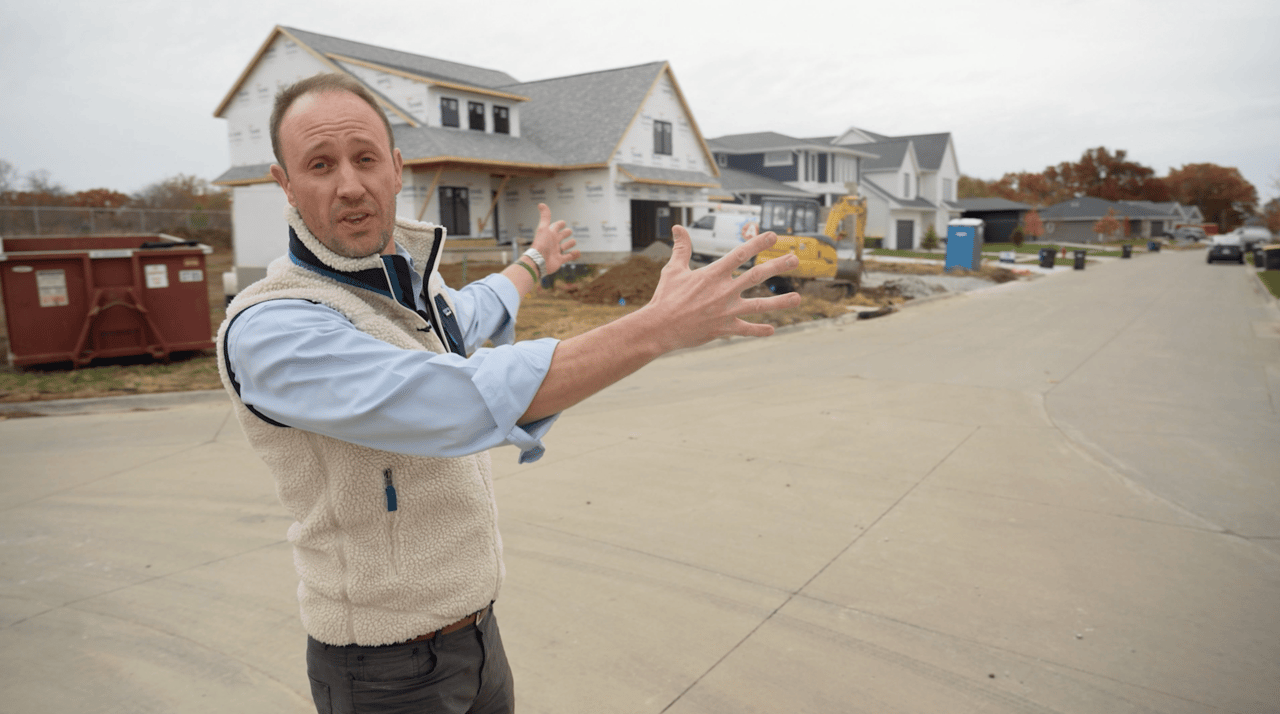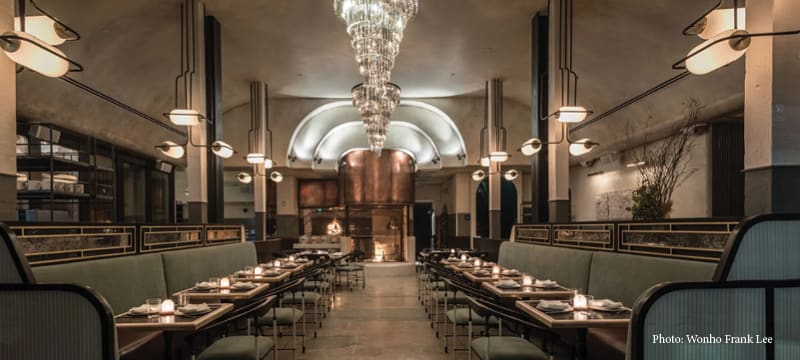Lumber prices are increasing home costs. This is one result of the pandemic and its’ affected challenges on the supply of building materials—but this problem existed even before Covid-19 hit.
Housing demand has out paced supply for the past few years. The pandemic made it worse with some sellers reluctant to list their homes further shifting the existing home (resale) and new construction home inventory levels. With low housing inventory and increased housing demand, new construction sales rose 14% compared to last year, according to the Commerce Department, for the largest annual season gain since the pre-recession boom in 2006. Now, historic low mortgage rates continue to increase demand making the housing shortage even more acute.
Meanwhile, the trade-war and tariffs have caused extreme price volatility particularly on lumber where roughly one-third of the lumber used in the U.S is imported. A majority of that imported lumber comes from our northern border, Canada. Since 2017, the NationalAssociation of Home Builders (NAHB) has been lobbying for political and industry leaders to reach an agreement on the trade front between the U.S. and Canada. To diminish reliance on foreign imported lumber, congressional and administration officials opened more public lands for domestic timber production but that has not been enough and prices continued to rise. Then the pandemic hit. Homeowners working from home began to identify home improvement projects while restaurants and bars built decks and pergolas for outdoor seating increasing the demand further. Supplies were exhausted as mils were temporarily shutdown for the pandemic. When mils reopened, they pumping out twice as many truckloads of lumber as the year before. But the market has still been unable to stabilize, rising demand have kept wood in short supply and prices have continued to rise.
With the rise in lumber cost, the average cost to build a single-family home in the U.S. has increased more than$16,000 since April, according to the NAHB. Lumber suppliers are no longer able to guarantee prices on existing bids due to the 130% increase in the price of lumber. But don’t expect the prices to come back down anytime soon, interest rates are expected to remain low and housing demand is continuing to increase.
"It's affecting all parts of the industry," says Adam Pretorius, Realtor with LKR in Iowa City, commenting on the increase in lumber cost. "When we see a change across all new construction projects, all builders, the change will be more long-term."
So what does this mean for the upcoming spring season? Resale house prices are based on the cost to buy a new construction home. With the increase in the cost to build new homes, resale home prices will also increase. But this isn’t all bad news. For a buyer pre-approved for a $500,000 home purchase in January, all else equal today, they can now afford $565,000 due just in part from the interest rate decrease and now historically low interest rates. Many of the low interest rates are only available for home purchasers, not refinancing, as banks are experiencing some of their busiest season in the past two decades and putting priority on new home purchase demand. The buying power gained by lower interest rates has more than offset the increase in housing costs.
So what does this mean for the upcoming spring season? Resale house prices are based on the cost to buy a new construction home. With the increase in the cost to build new homes, resale home prices will also increase. But this isn’t all bad news. For a buyer pre-approved for a $500,000 home purchase in January, all else equal today, they can now afford $565,000 due just in part from the interest rate decrease and now historically low interest rates. Many of the low interest rates are only available for home purchasers, not refinancing, as banks are experiencing some of their busiest season in the past two decades and putting priority on new home purchase demand. The buying power gained by lower interest rates has more than offset the increase in housing costs.
Where the pandemic has shutdown a number of industries, home-building is booming. As demand continues to increase, expect a busy spring market come 2021.
